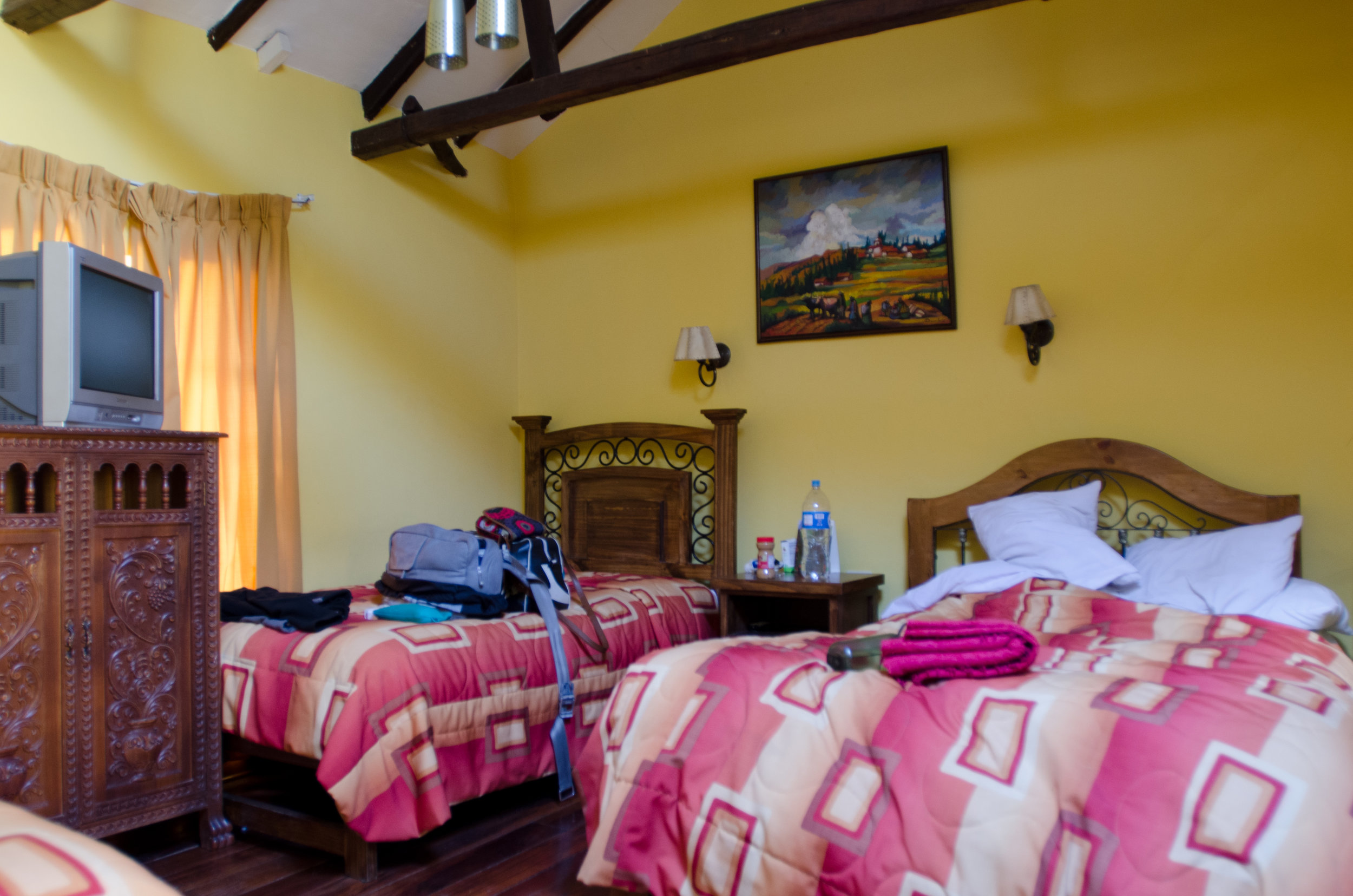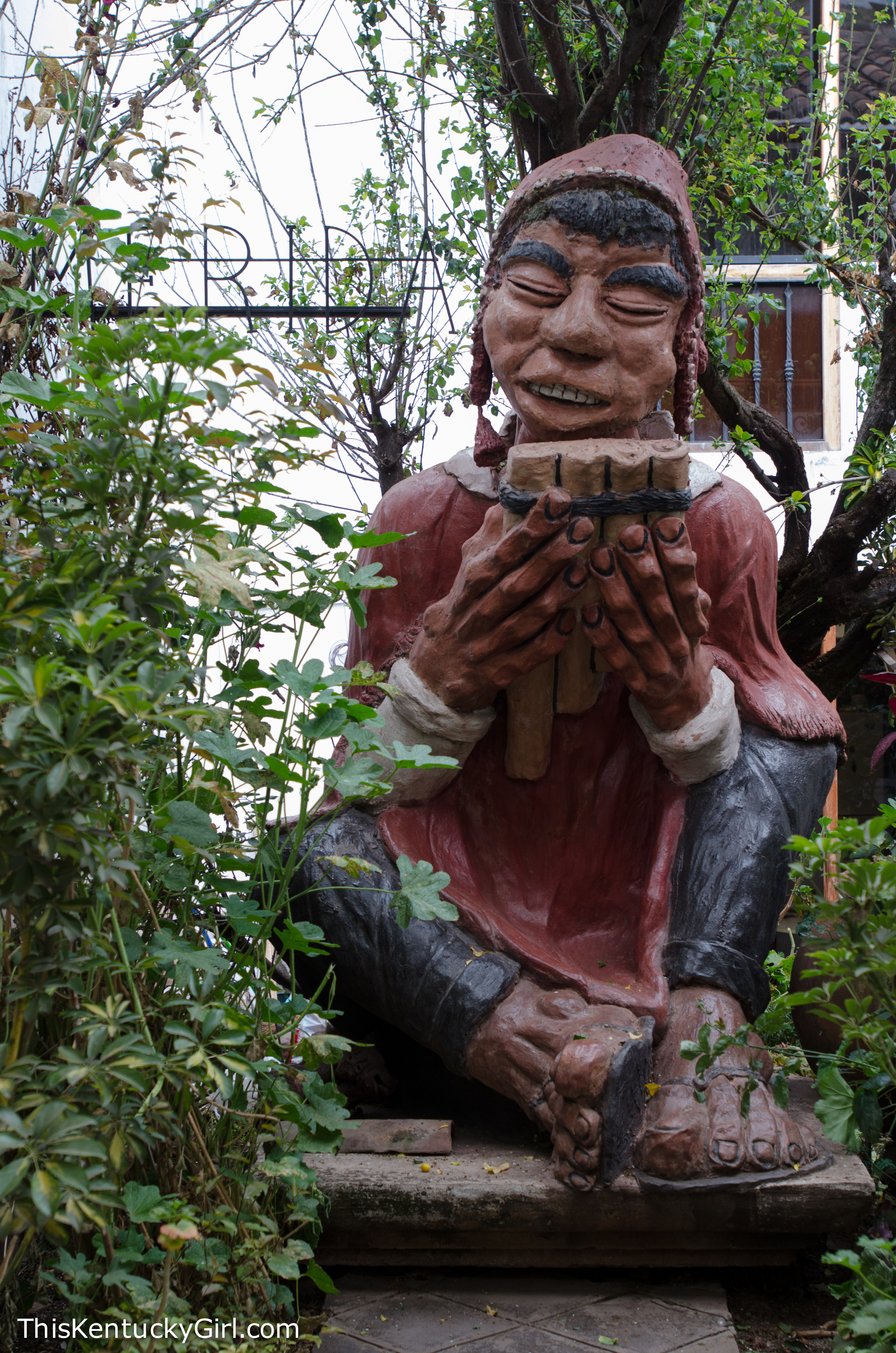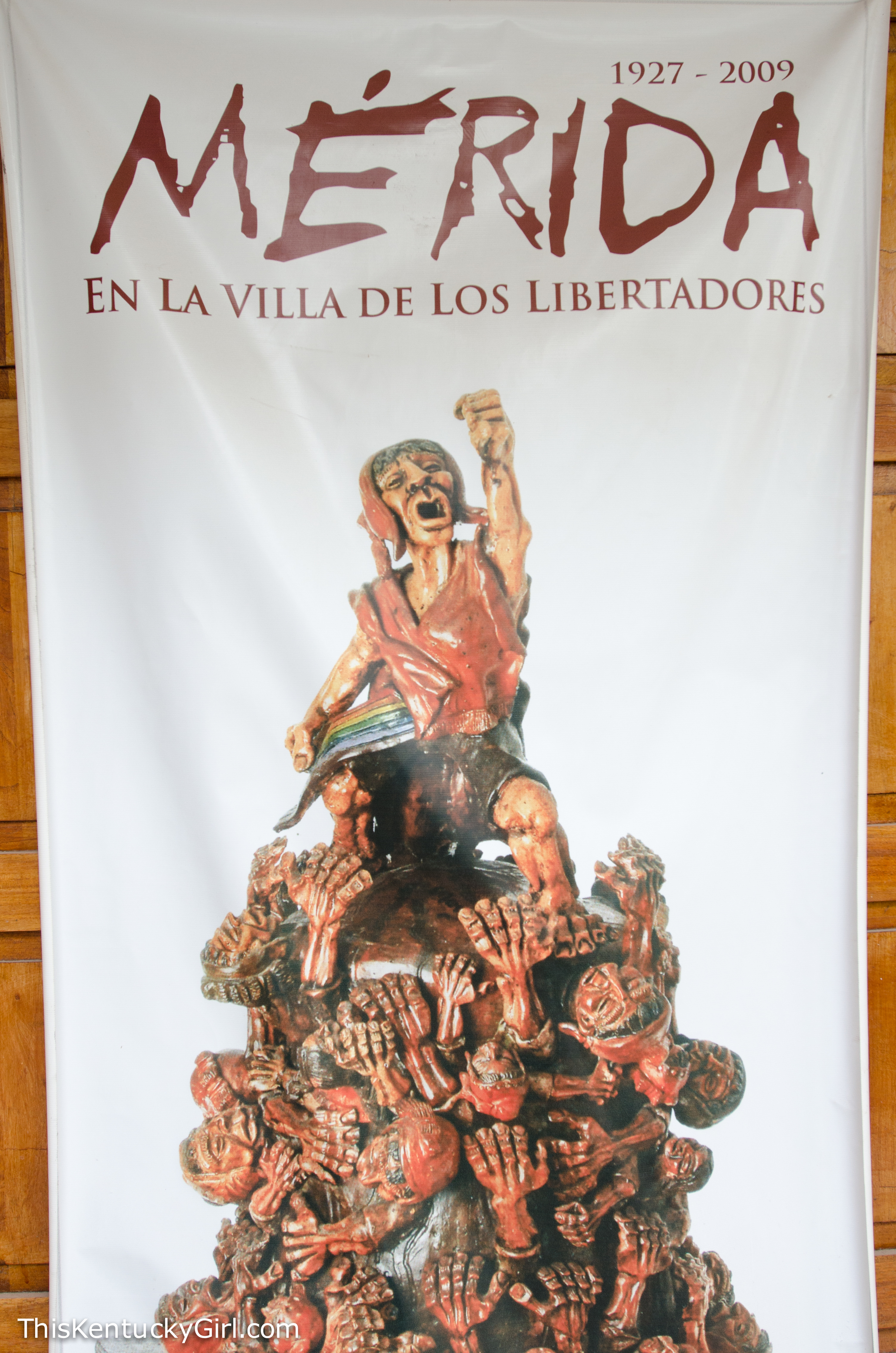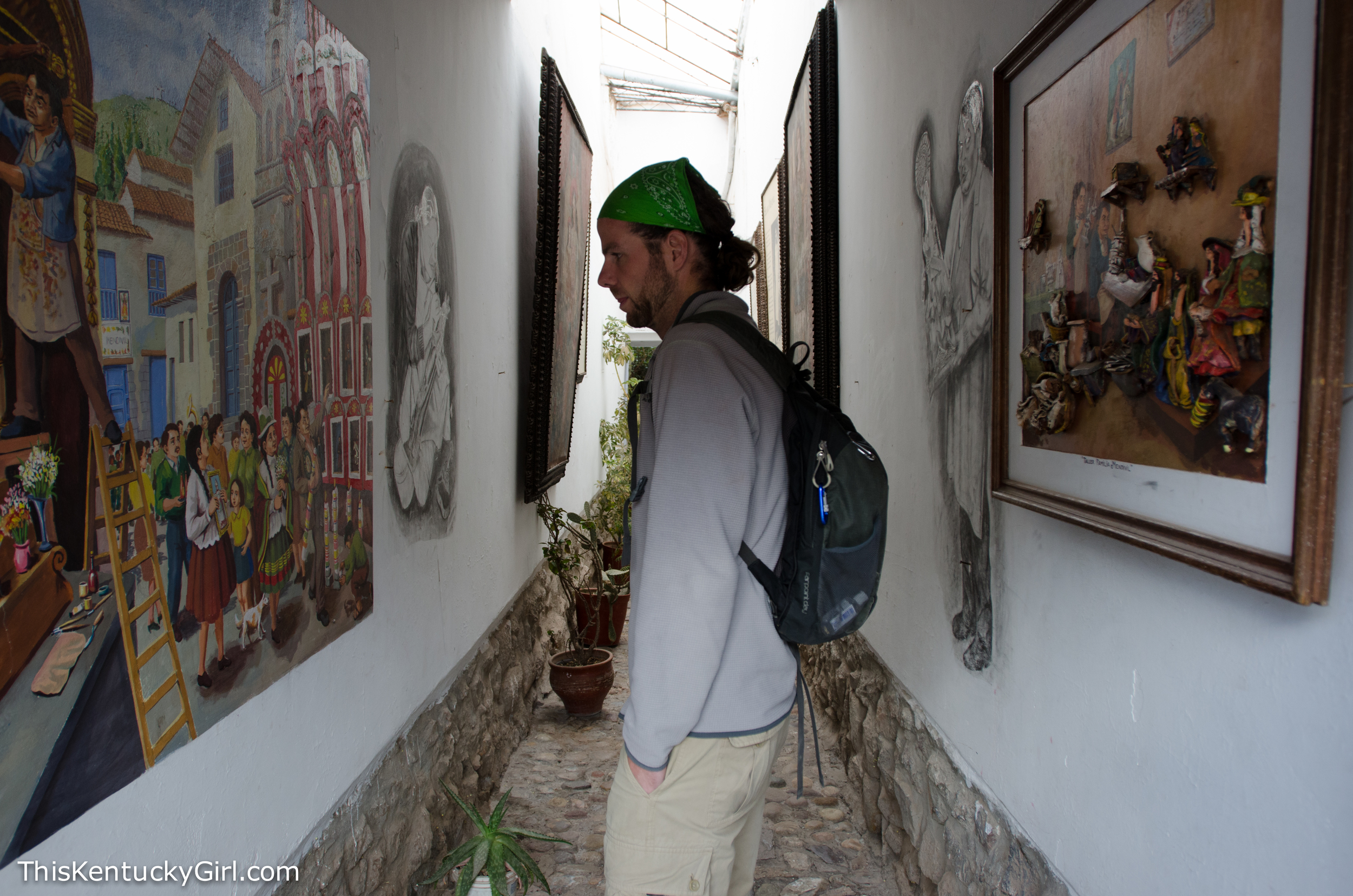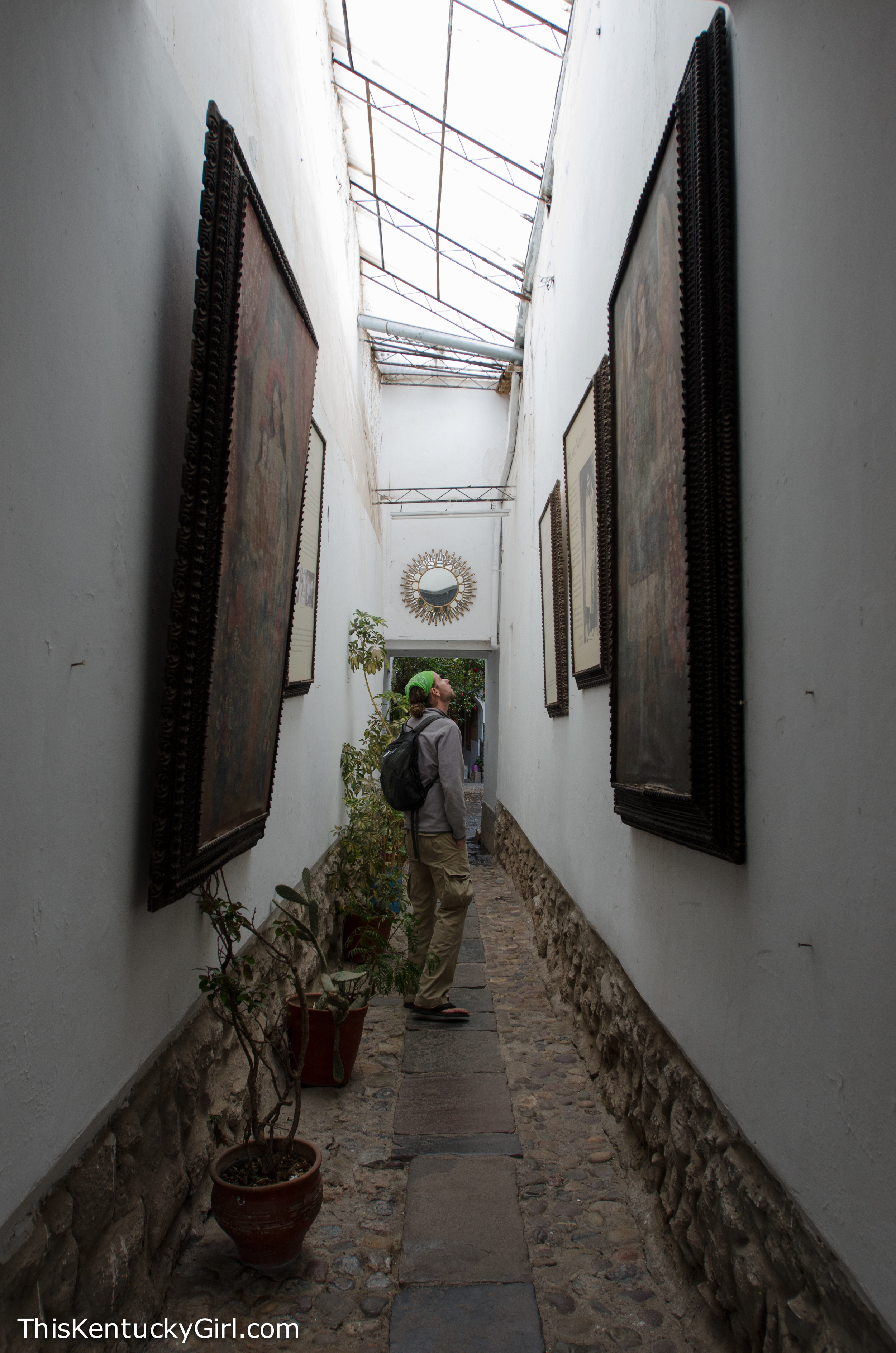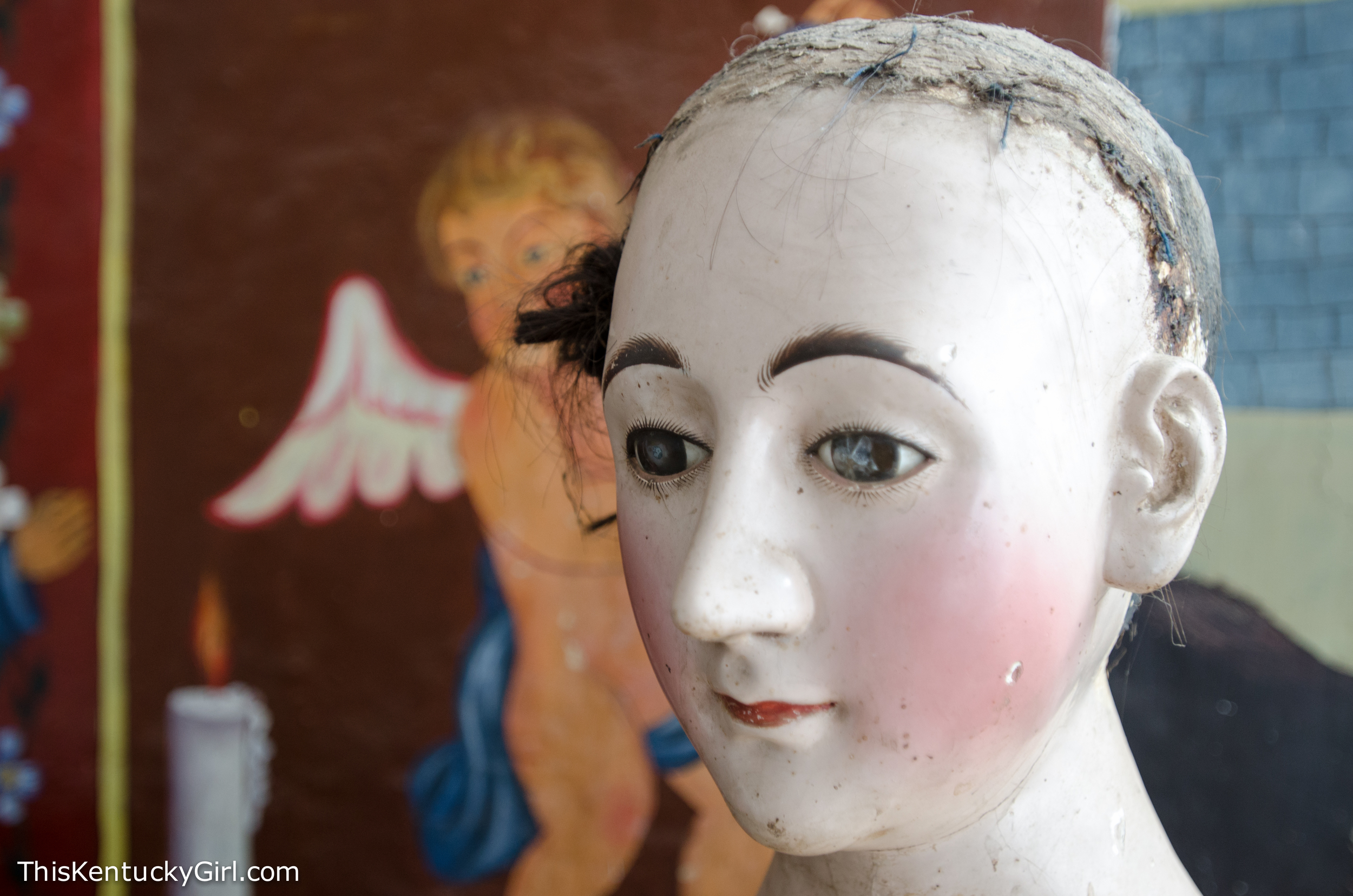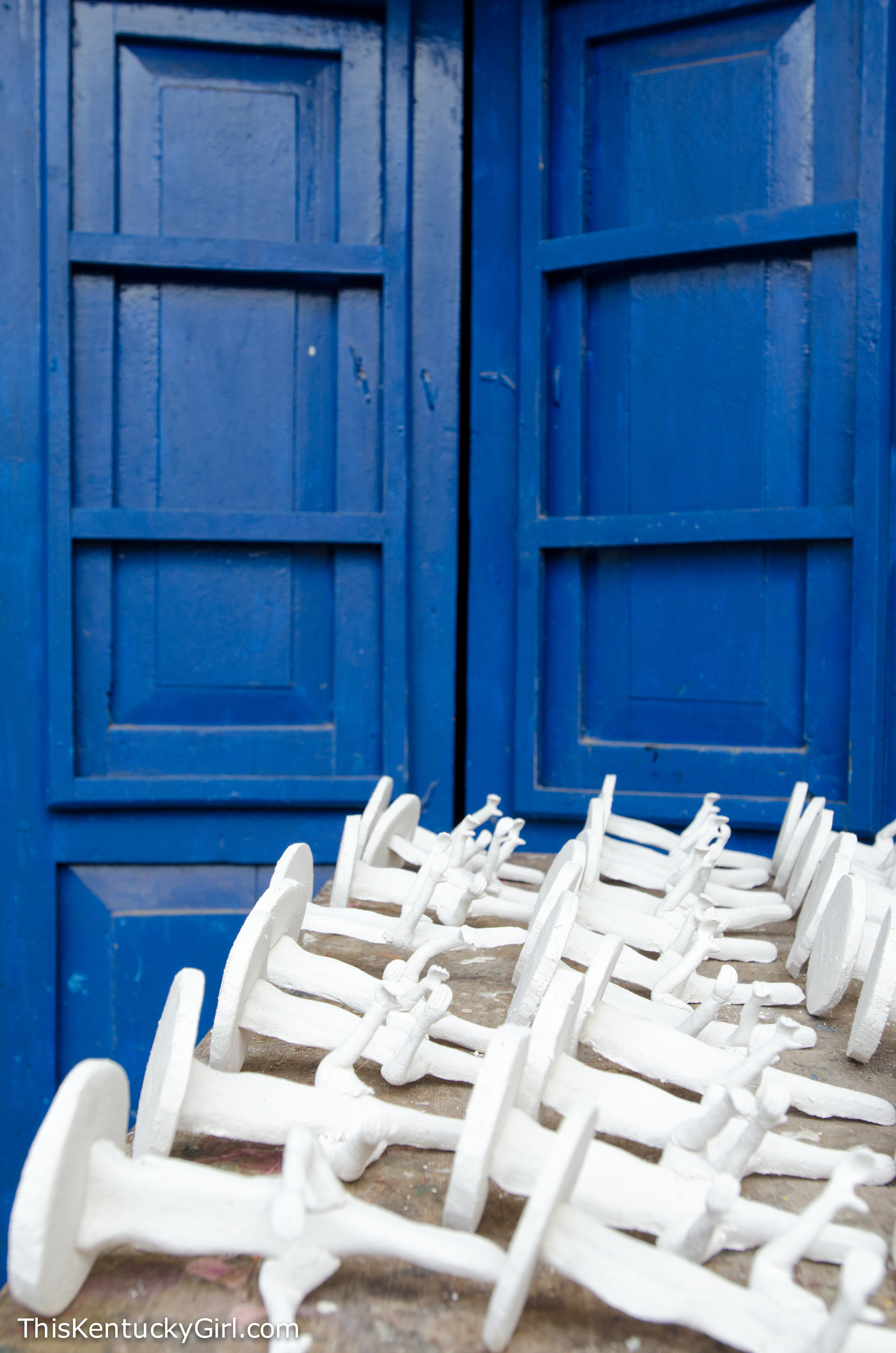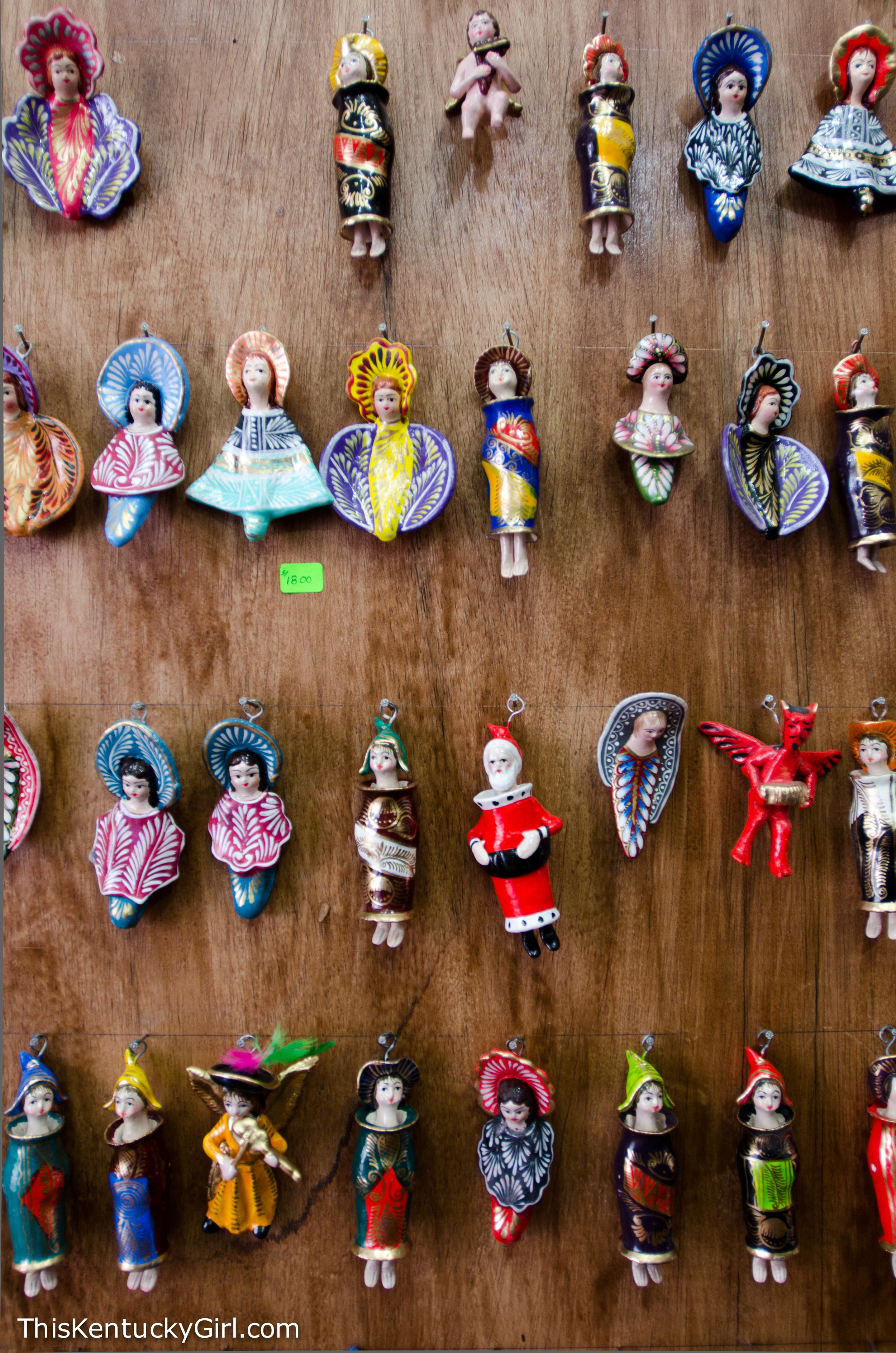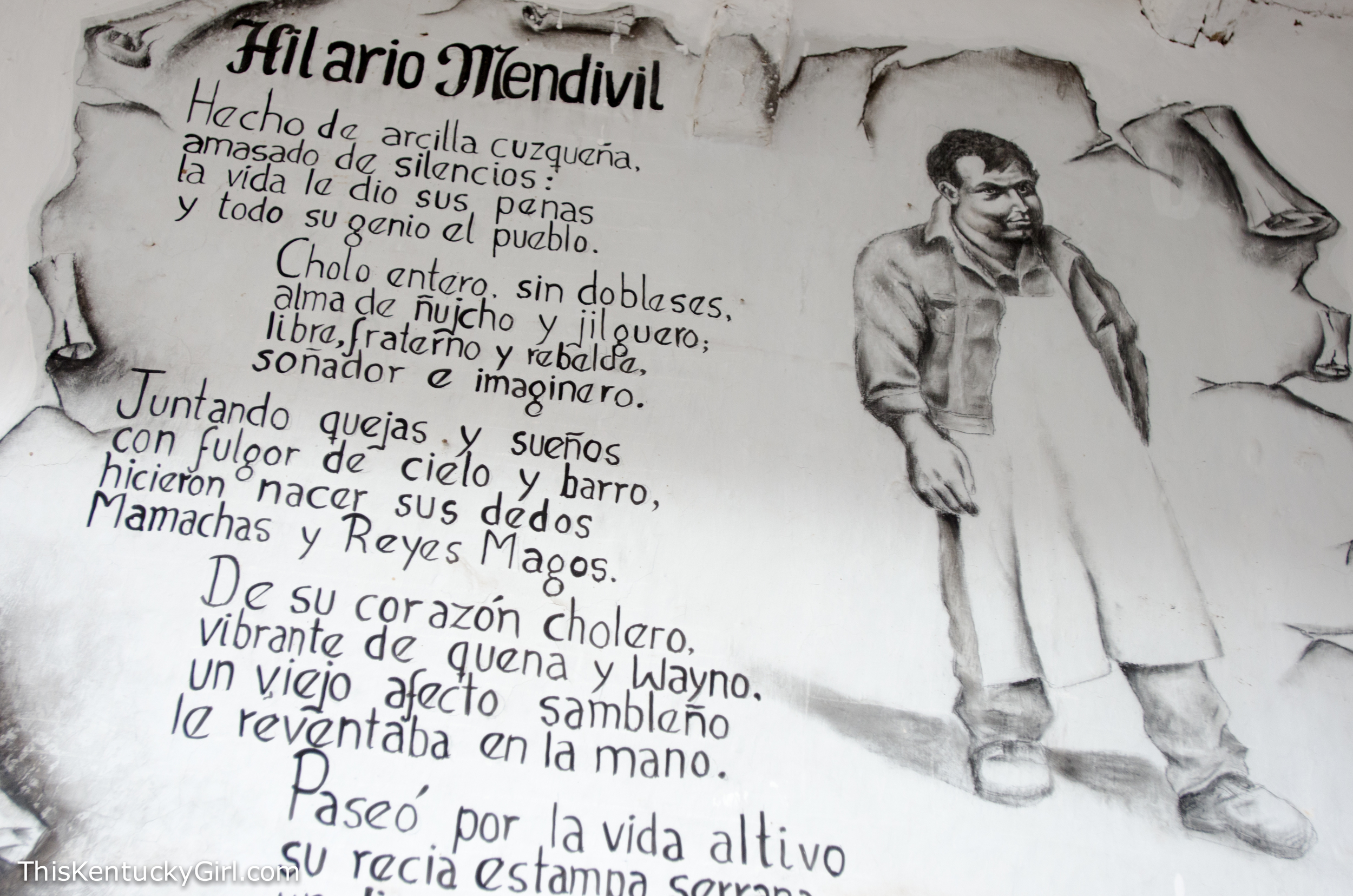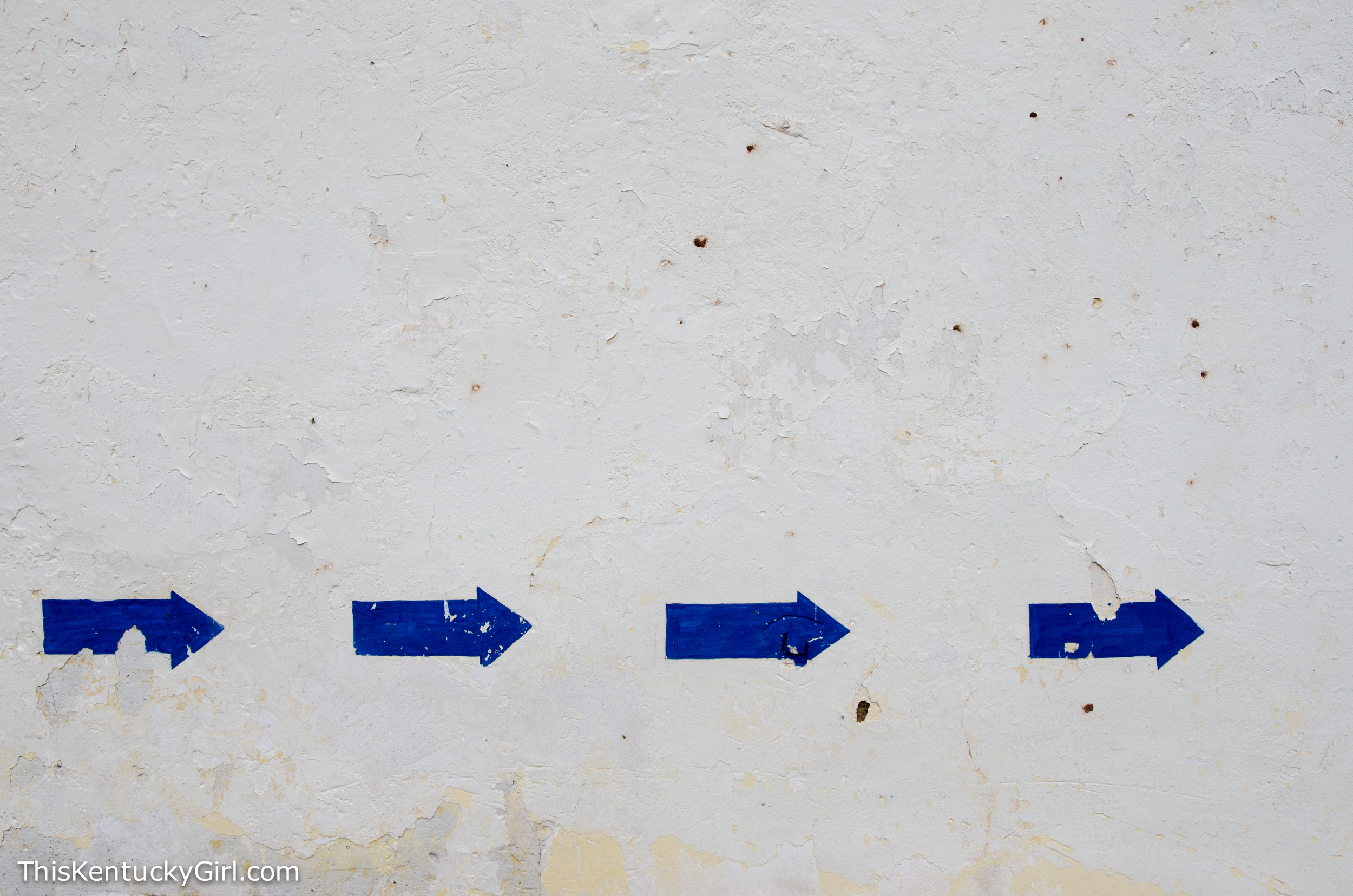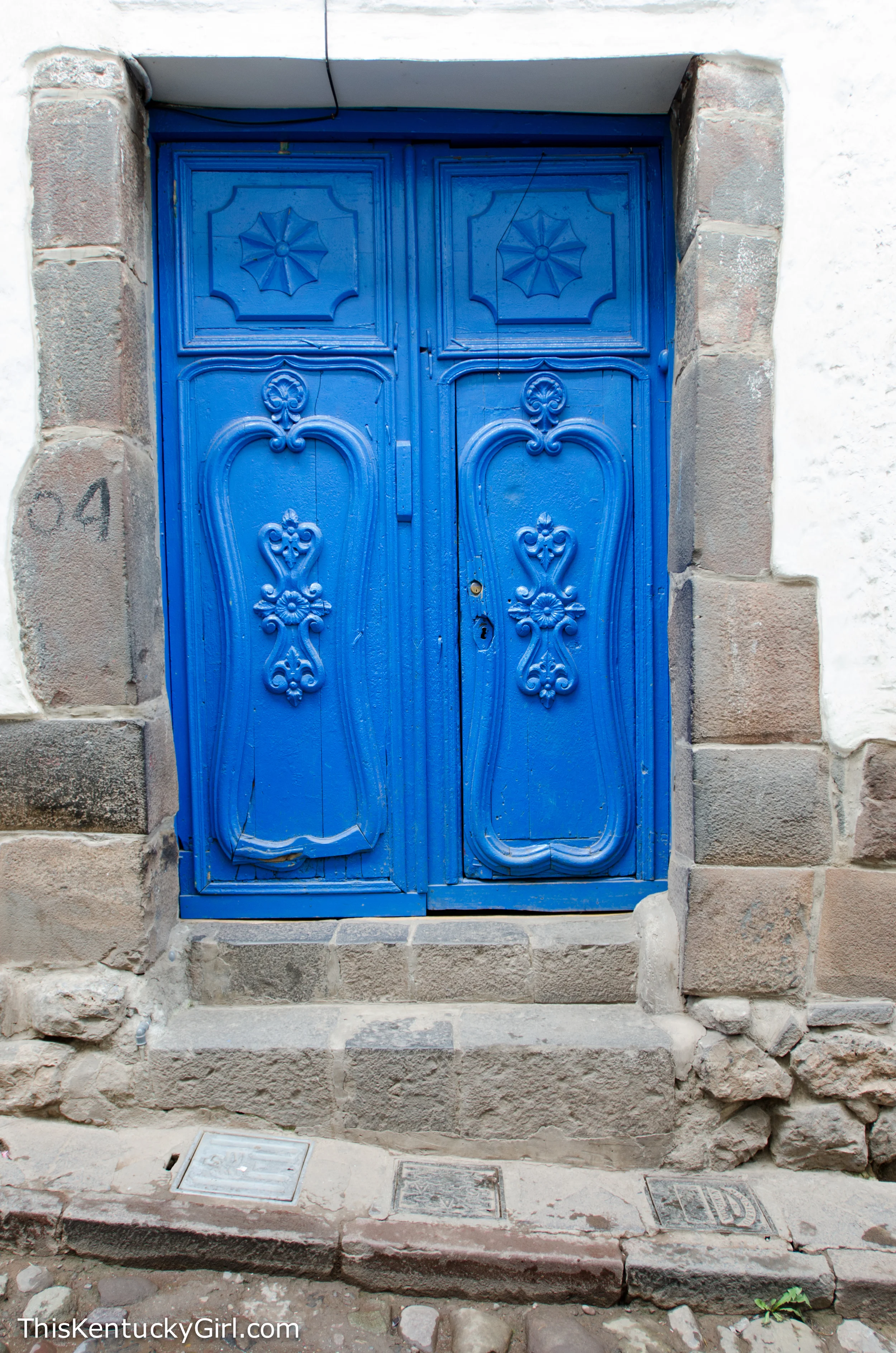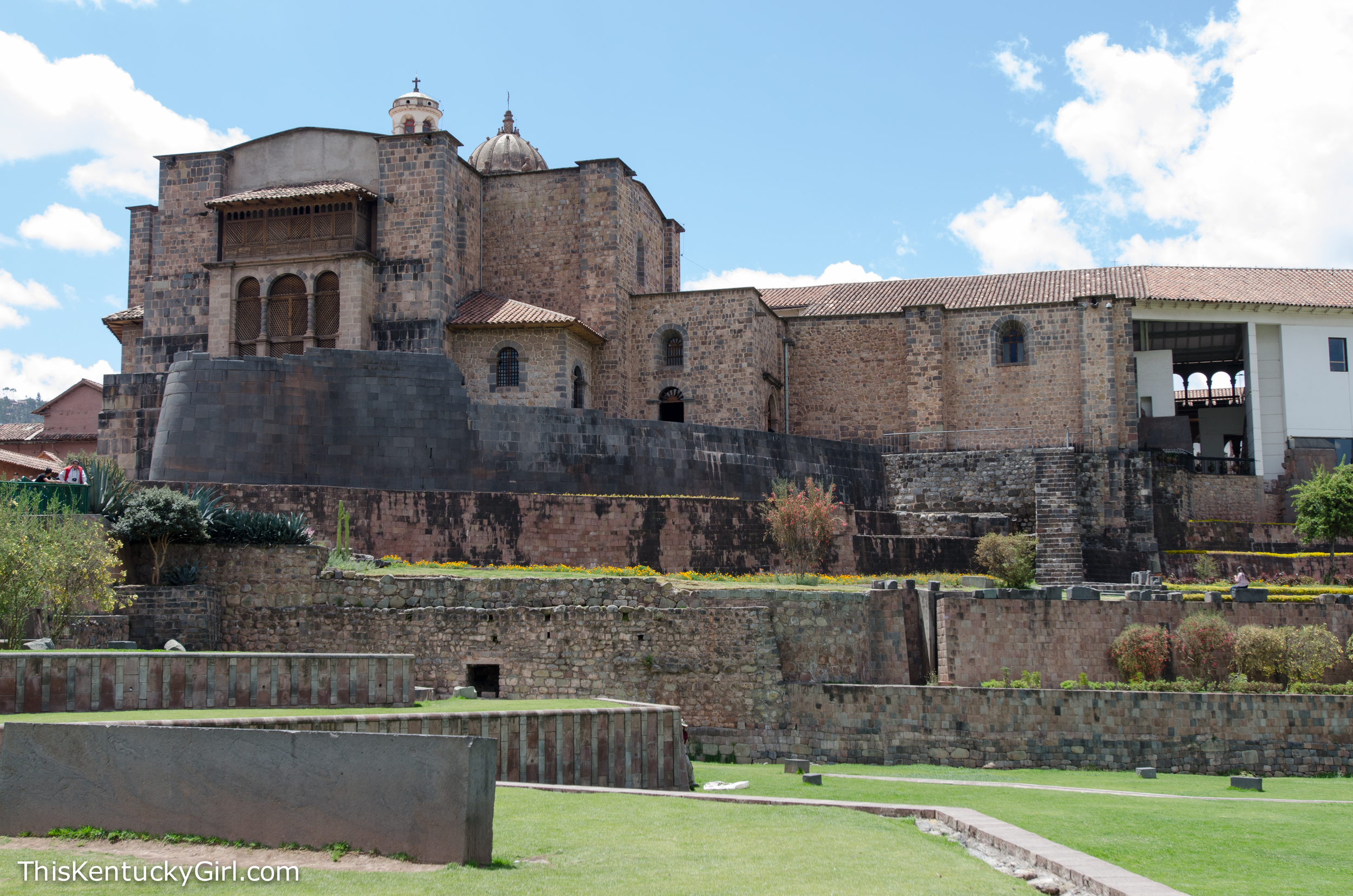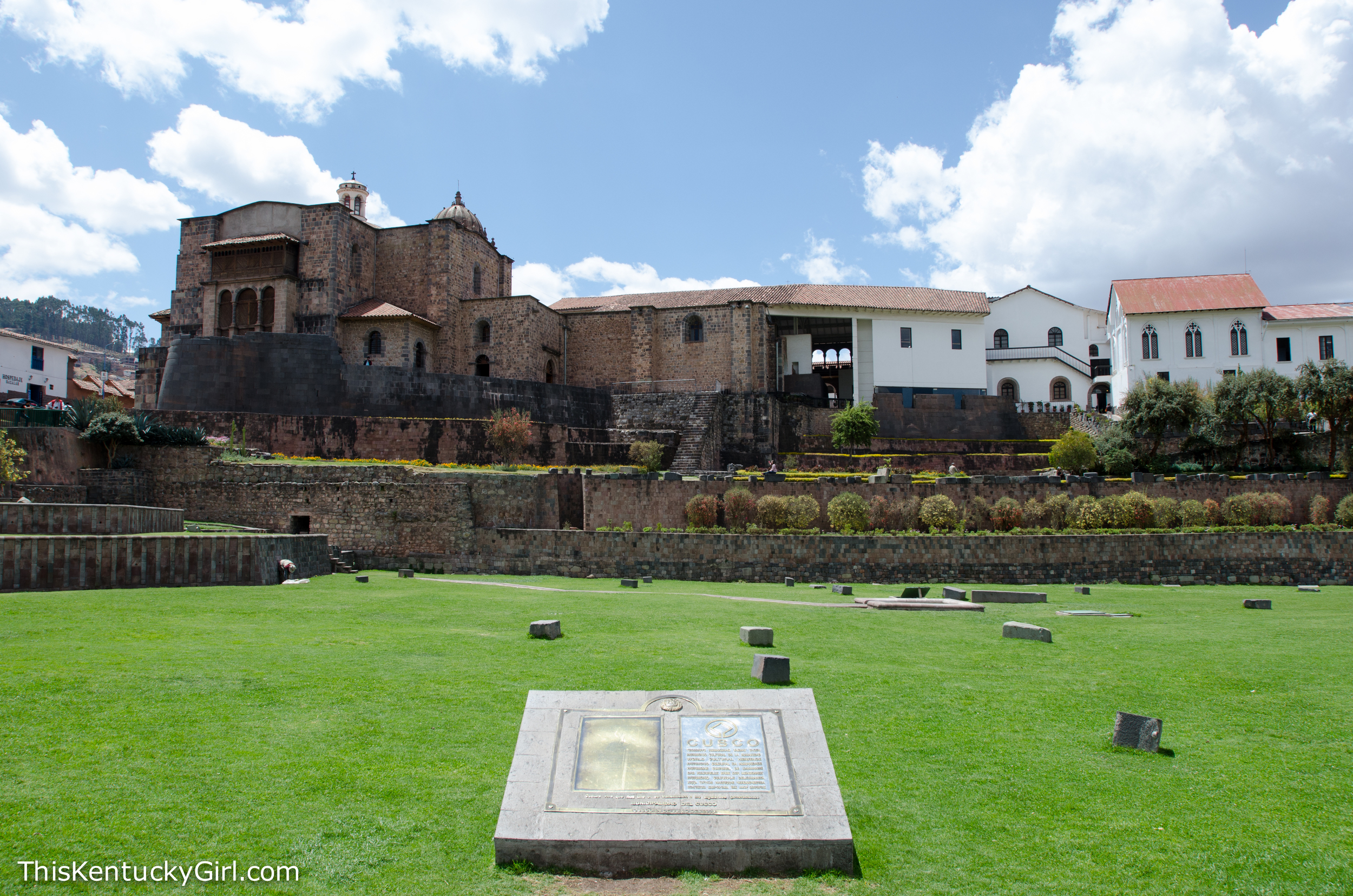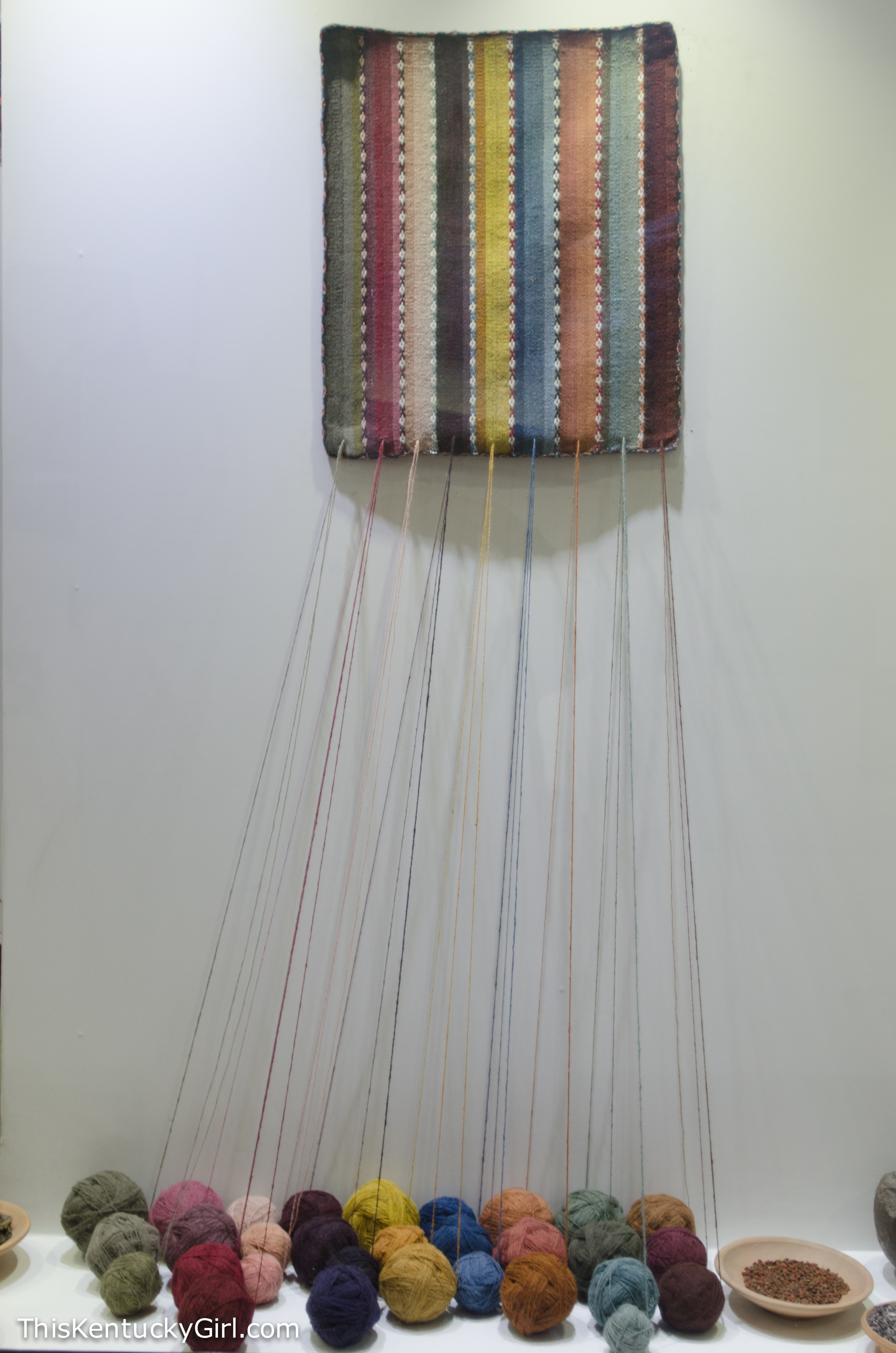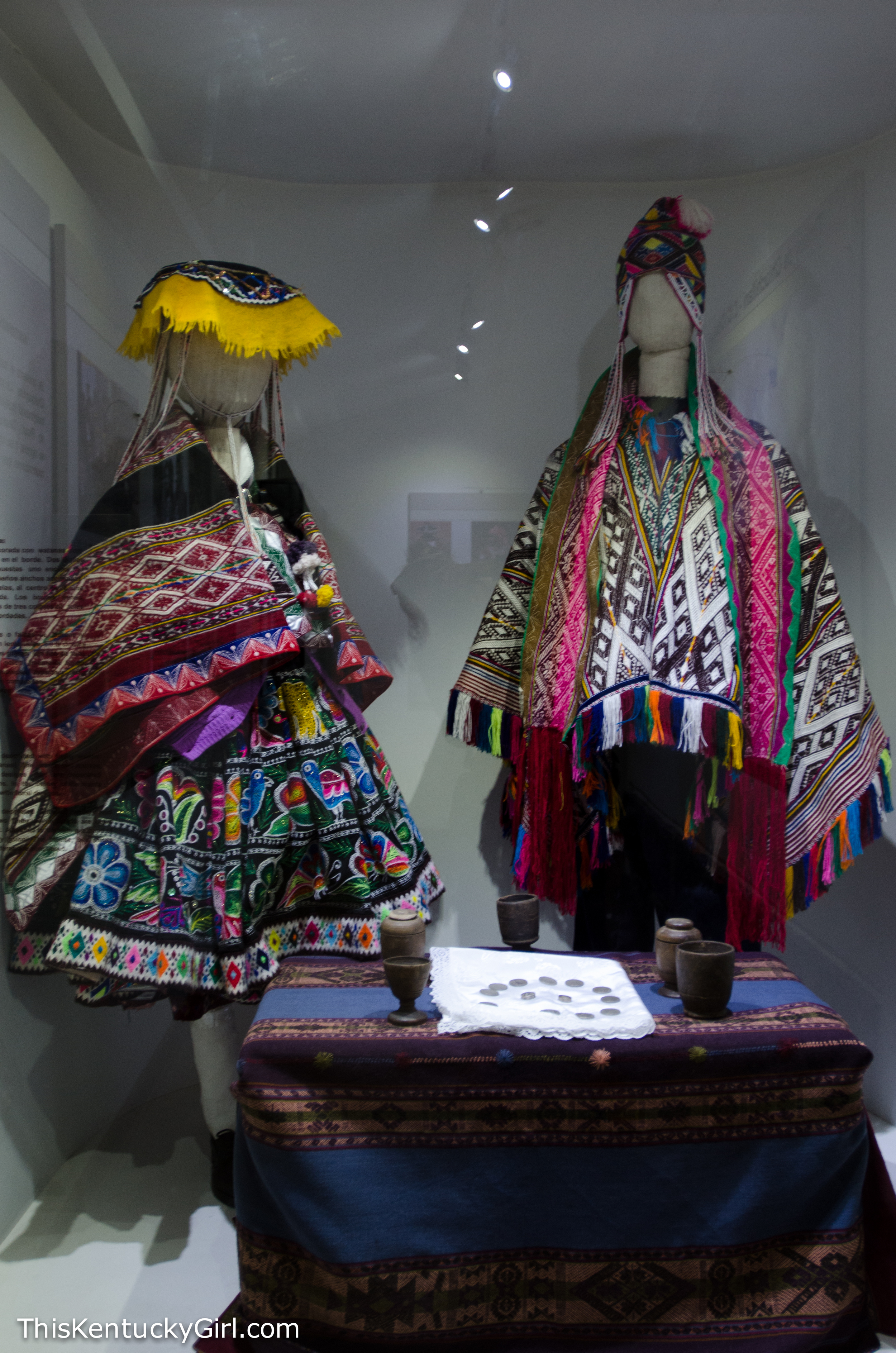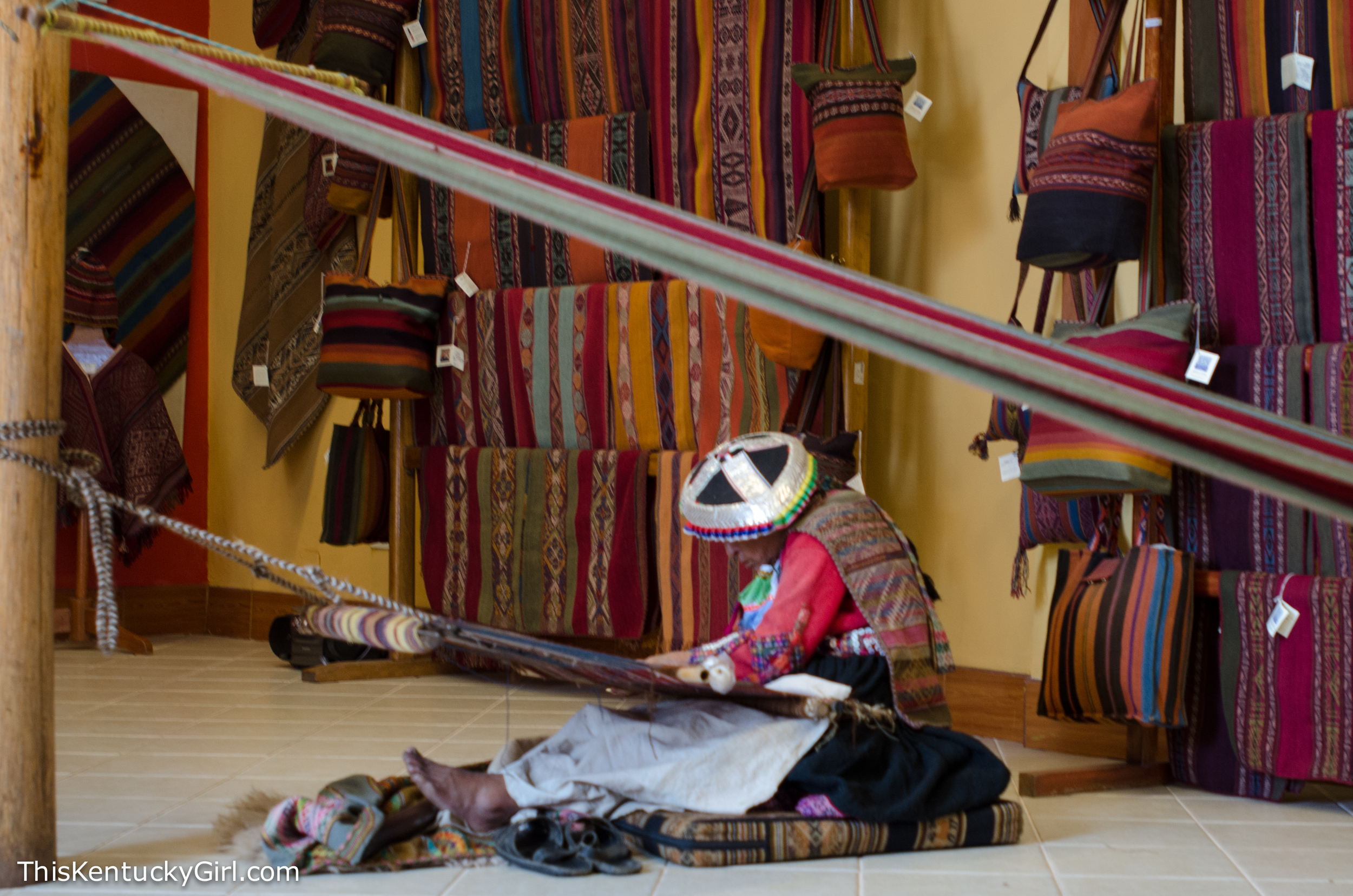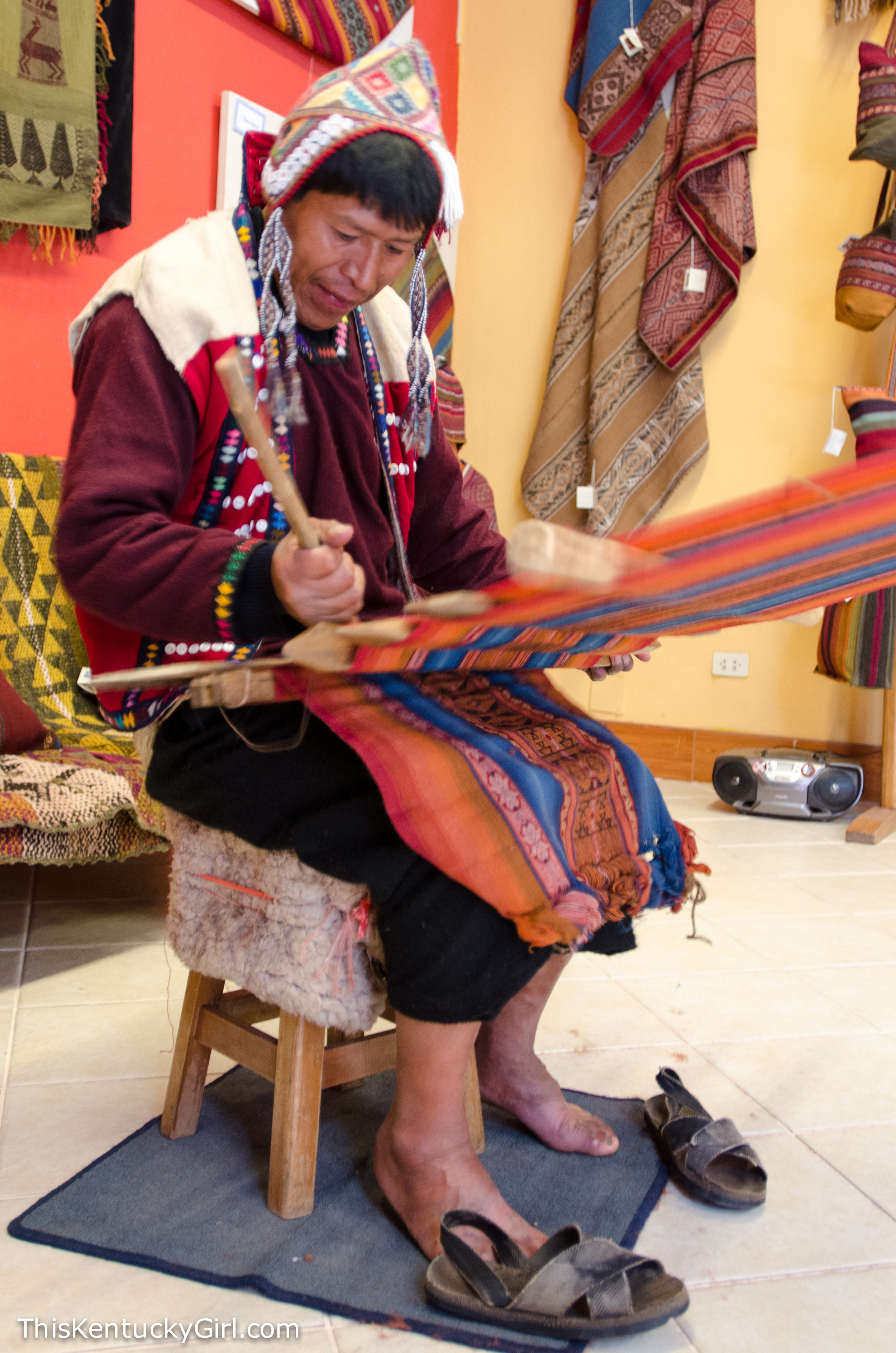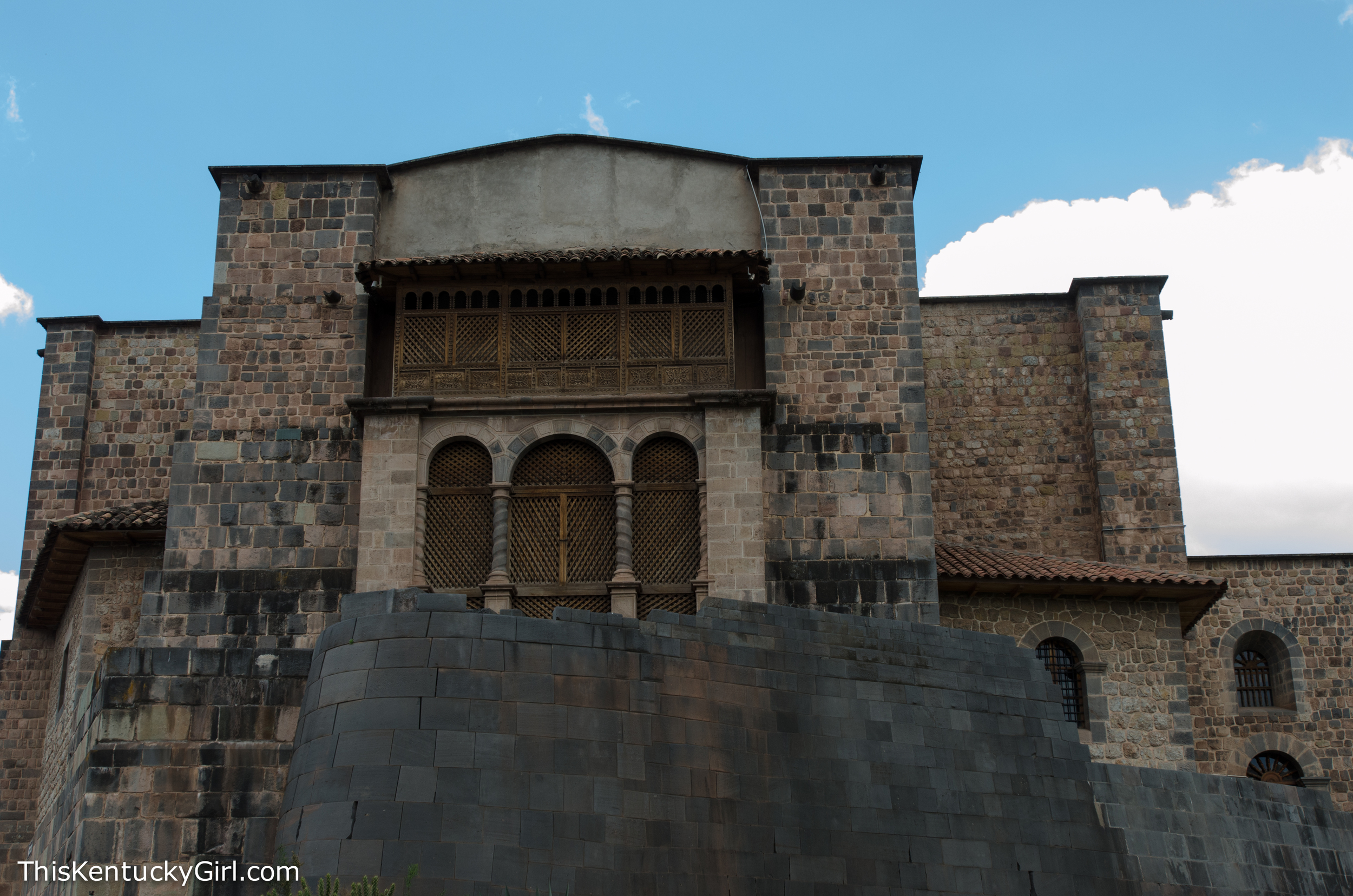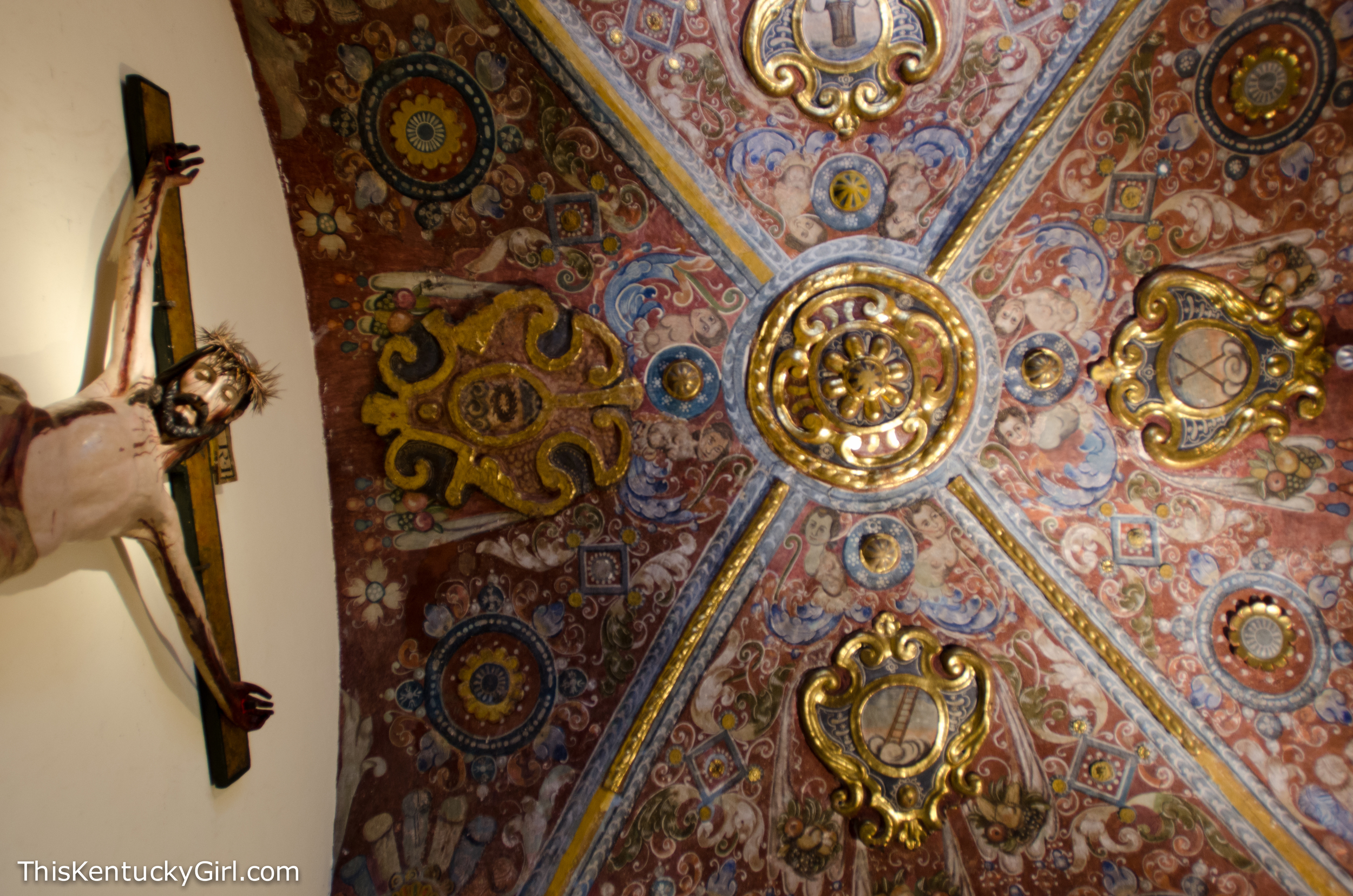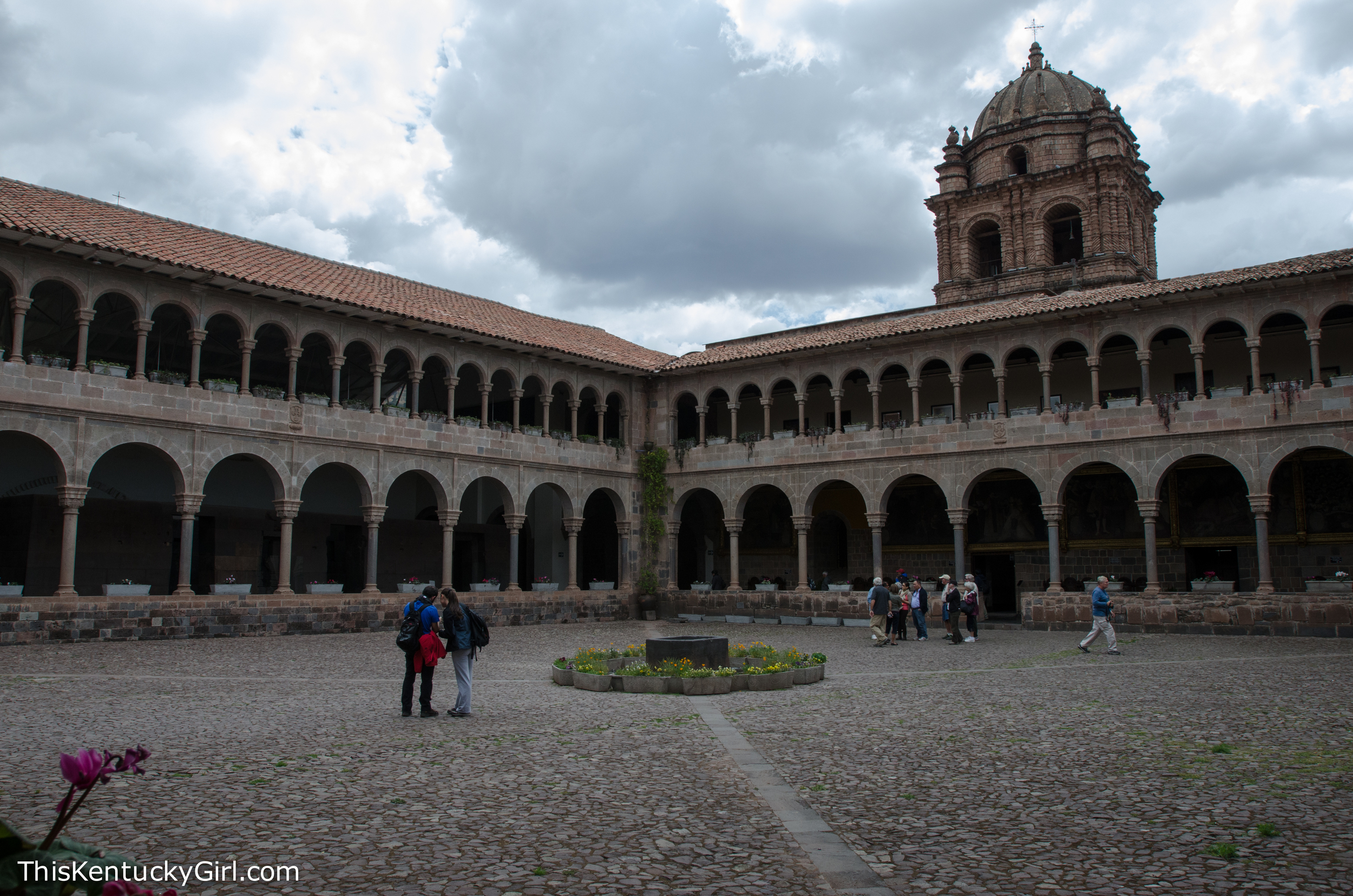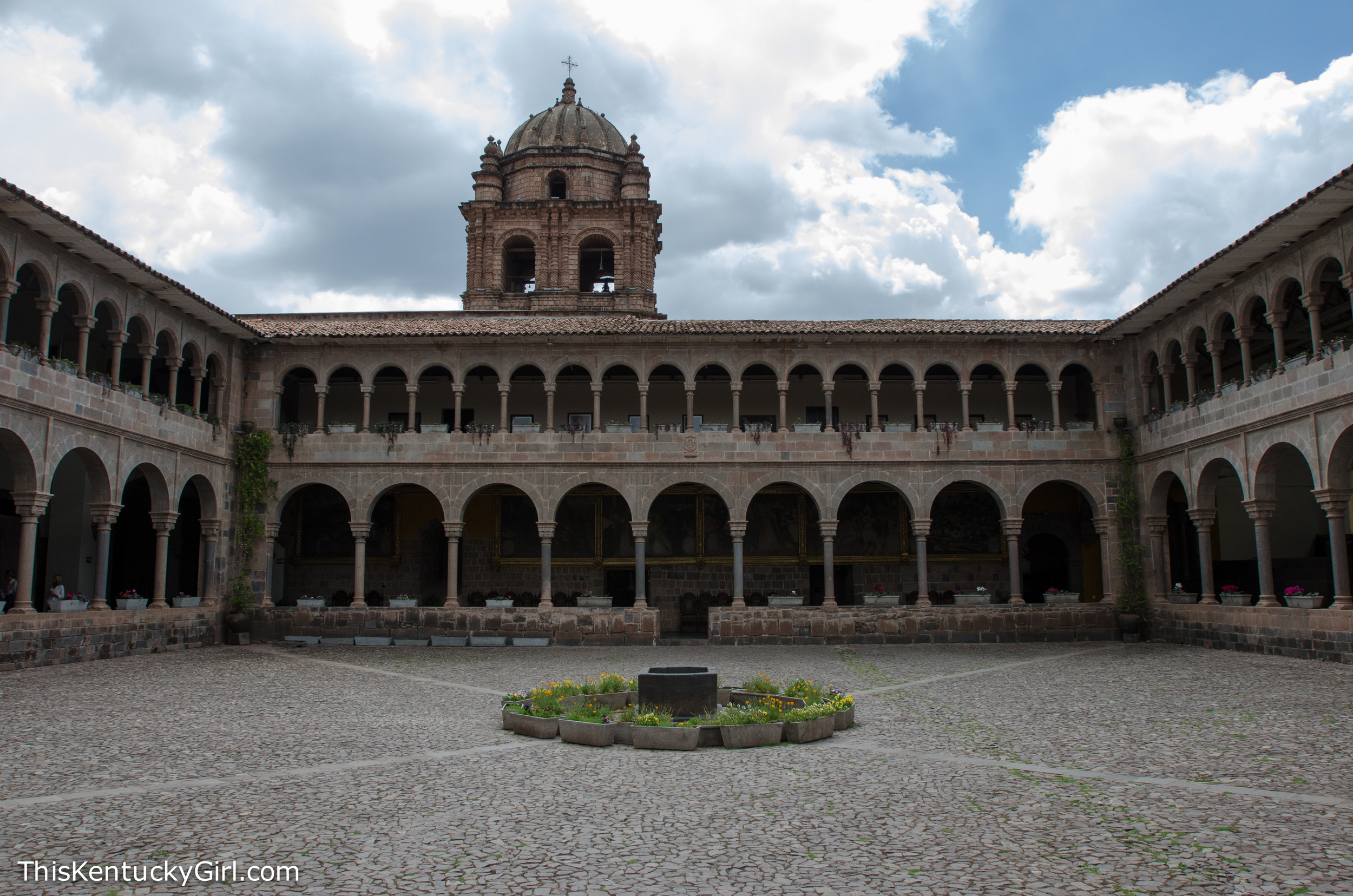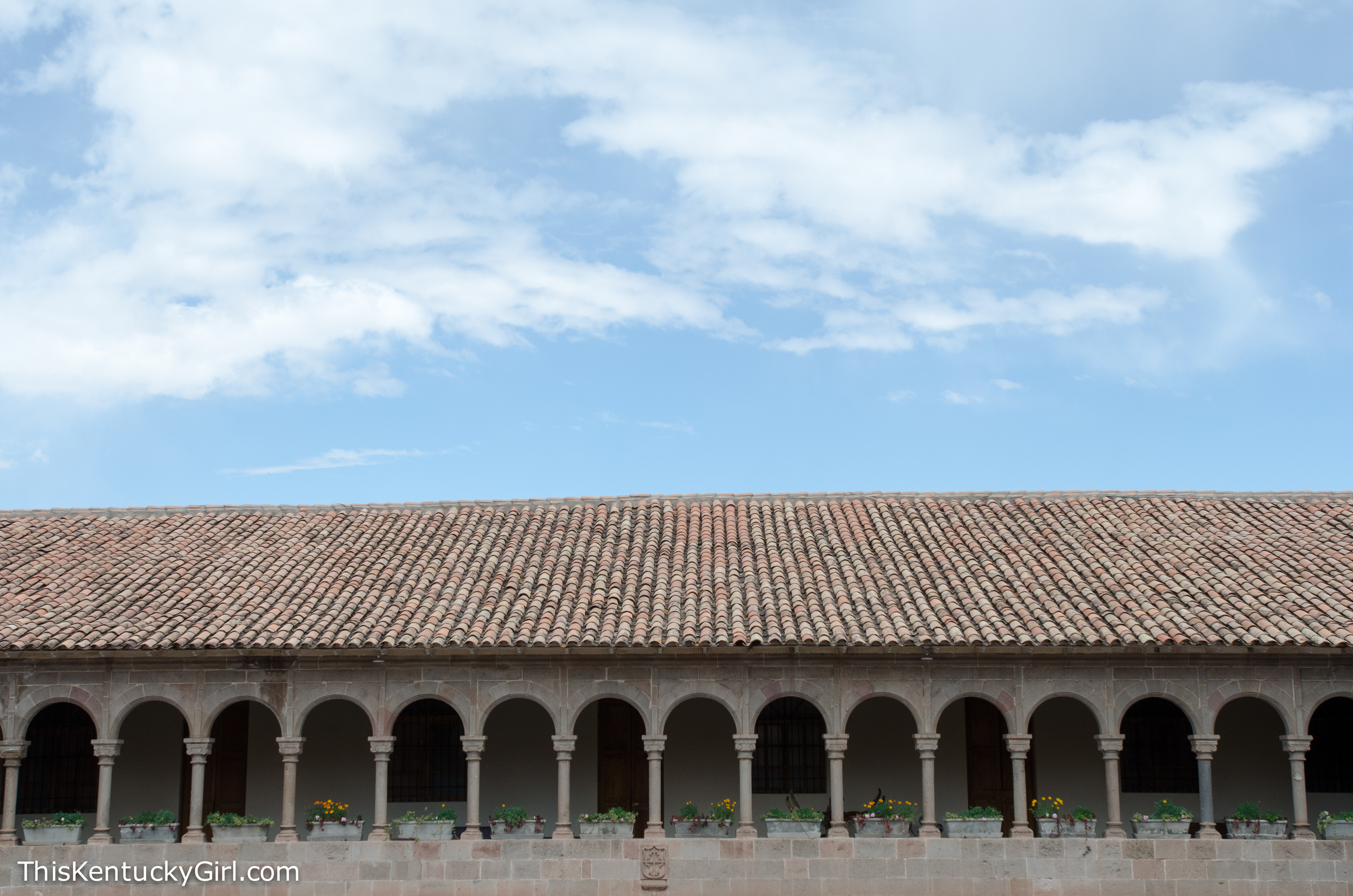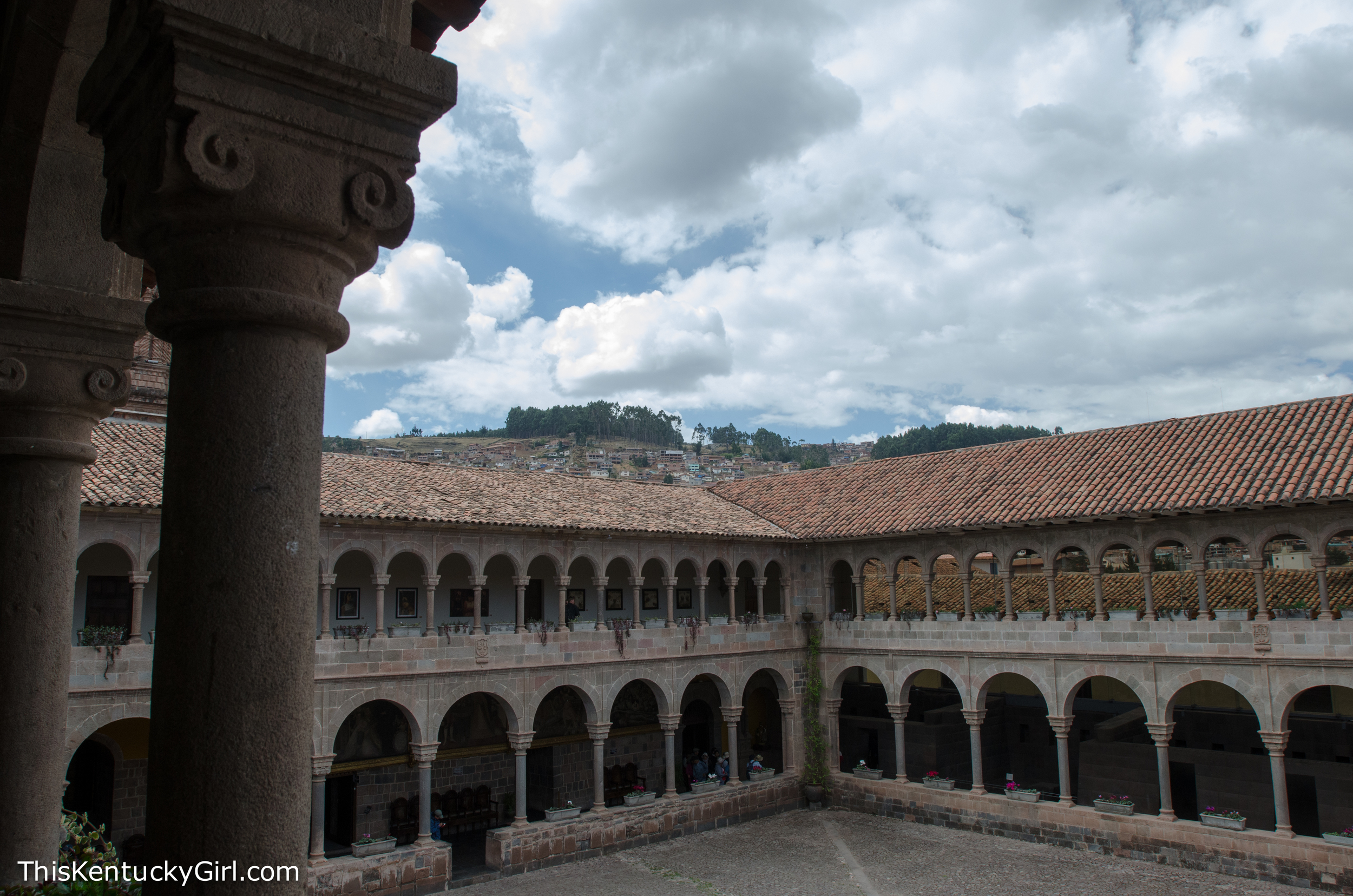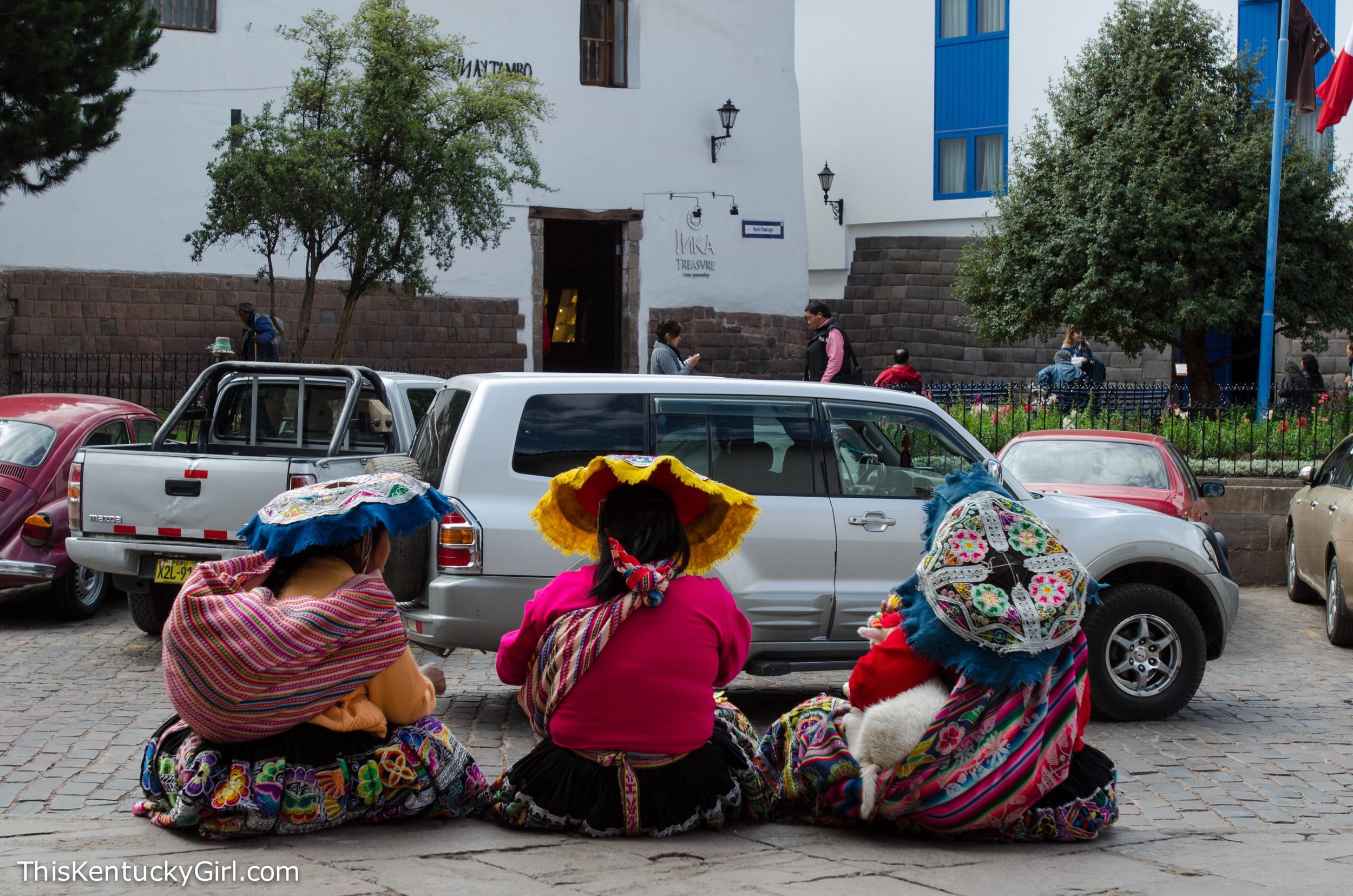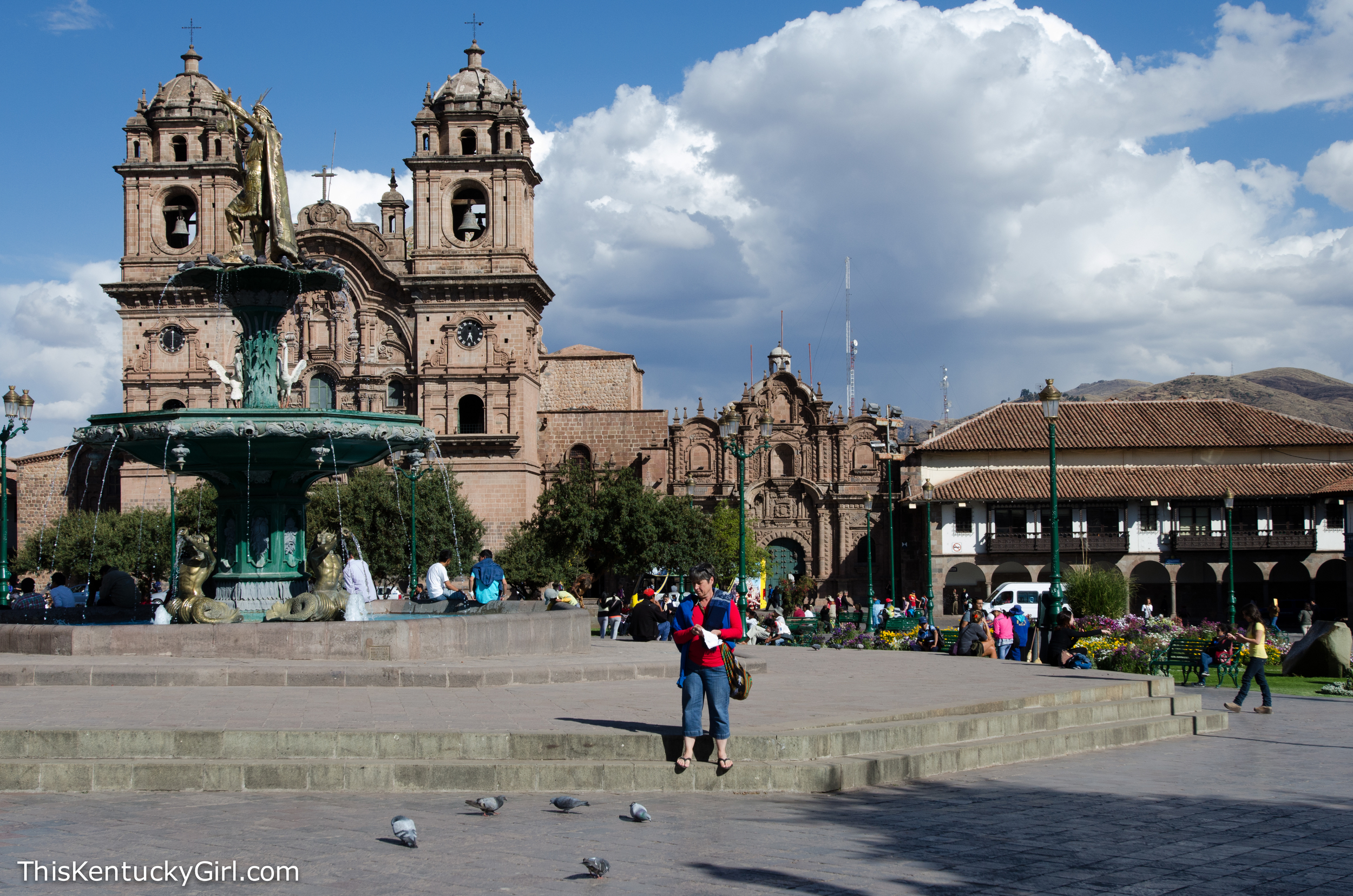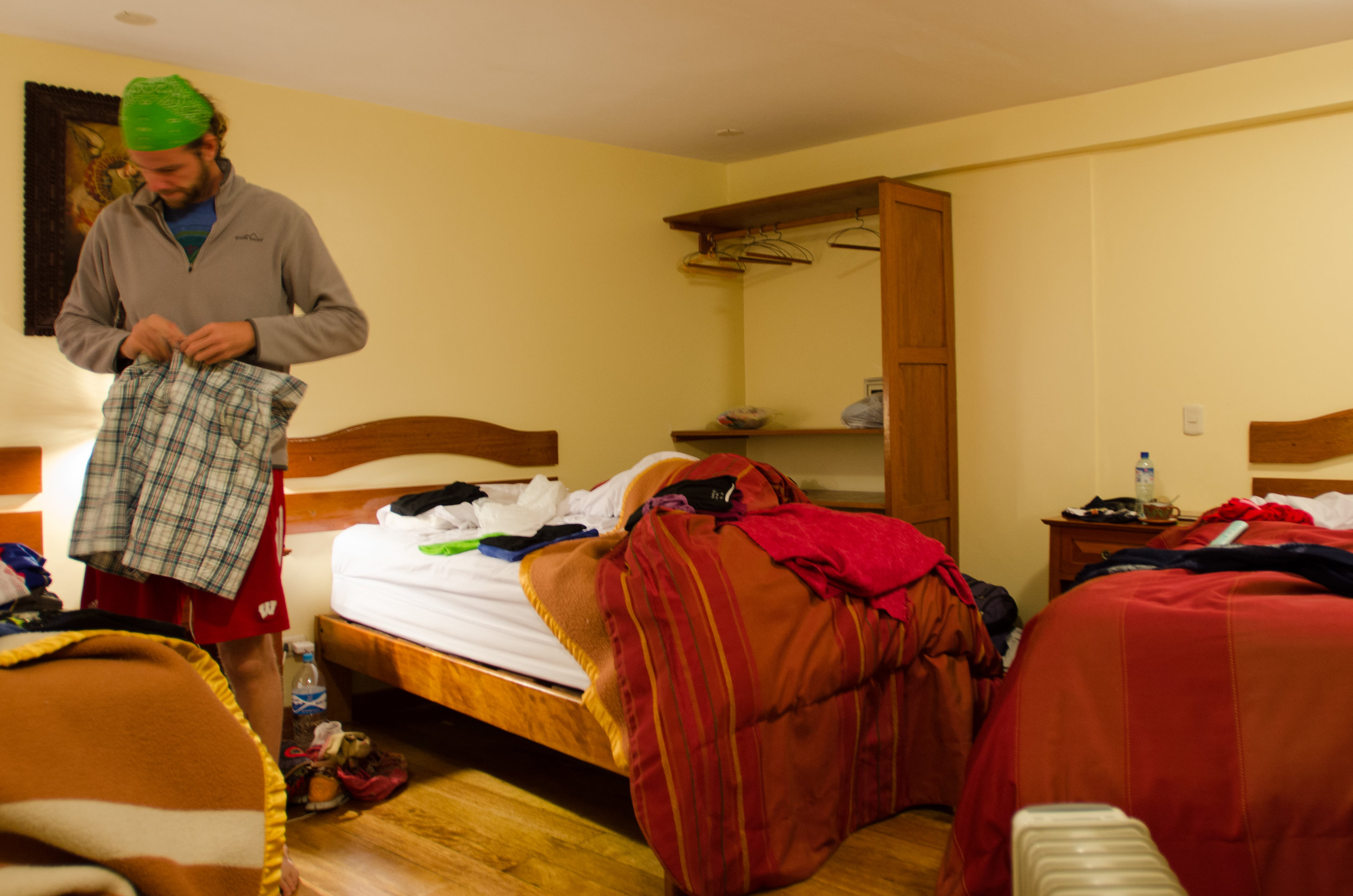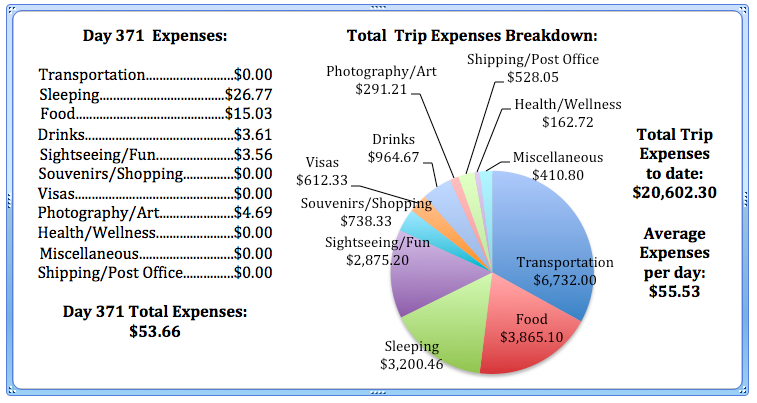You know what’s awesome? Walking into a new city, or making a new friend, or visiting a creative space and being completely swept off your feet inspired. Which is a little like being swept off your feet in love for the creative types. At least, for me it is. Anyway, I was certainly swept off my feet when we stepped into Puna one night on our way home this week. Not only was I immediately nostalgic for all of my art supplies, sewing machines (I have two. I think. In my sister’s room and/or somewhere in my mother’s house…) and a permanent space to be creative, but I also wanted to stay in Puna forever. Or buy everything I loved so I could at least take it with me. Instead, I asked the two wonderfully sweet girls working if I could return the next afternoon to photograph the space and perhaps learn more about what fueled something so creative and contemporary in a city that seemed to (rightfully so) embrace it’s traditional culture(s). Fortunately, Berenice and Stephanie excitedly agreed and when I returned the next afternoon, I was not only lucky enough to have the store mostly to myself, but to meet local artist, Jorge Flores as well! In the end I wanted to take the store and all three of them with me. Instead, I settled on some pictures, a “day in a minute” and in the end a print that I simply couldn’t live without.
When I returned to Puna, Berenice Diaz, the manager (below on the right) explained the objective of the gallery while Stephanie Guerra (below on the left) patiently helped translate when I didn’t understand. With only a few days of formal Spanish lessons under my belt, I was surprised I could follow along as well as I could, but there were some gaps that I was grateful to Stephanie for filling in the blanks for me. (Muchas gracias, Berenice y Stephanie!)
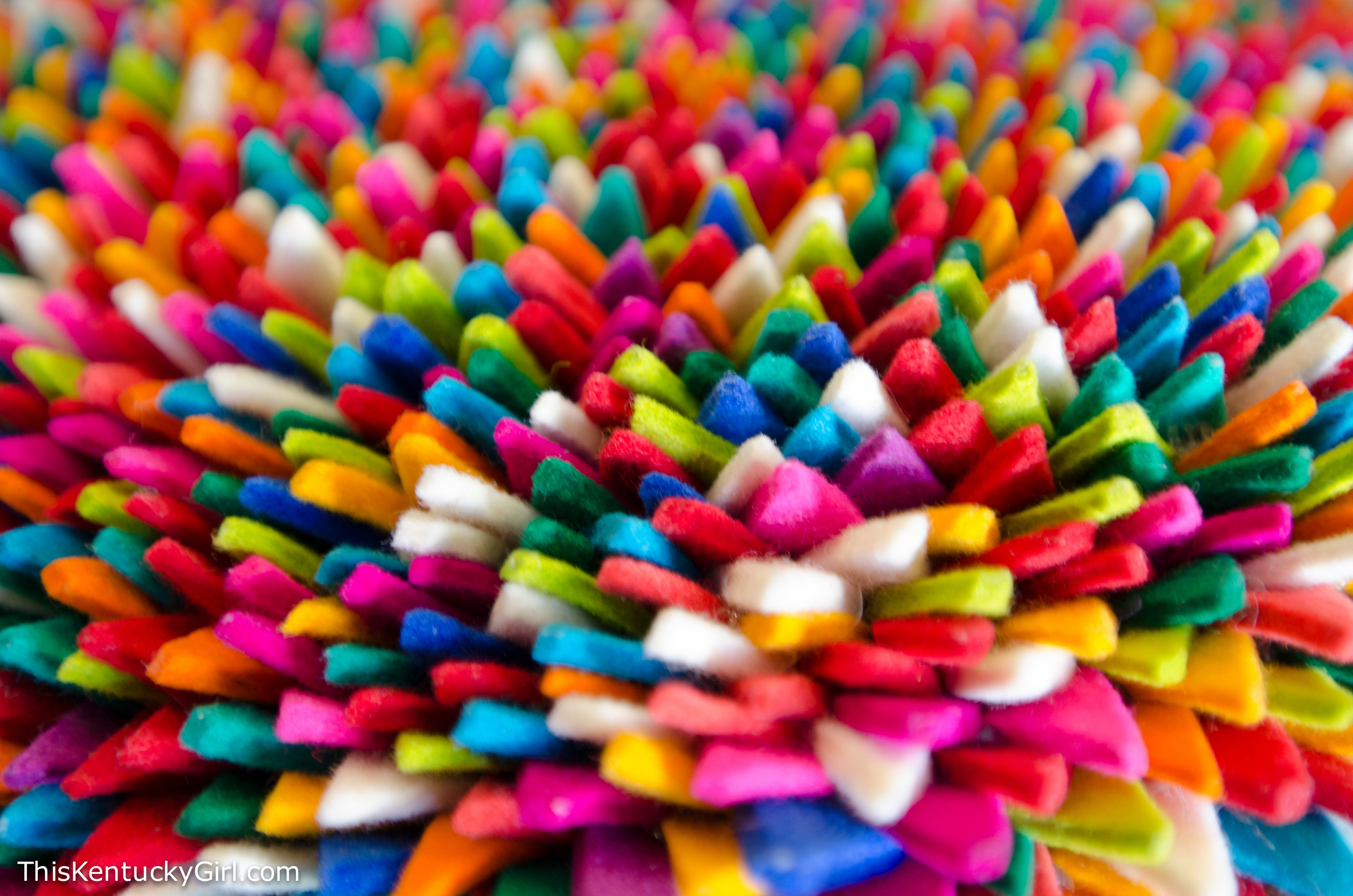
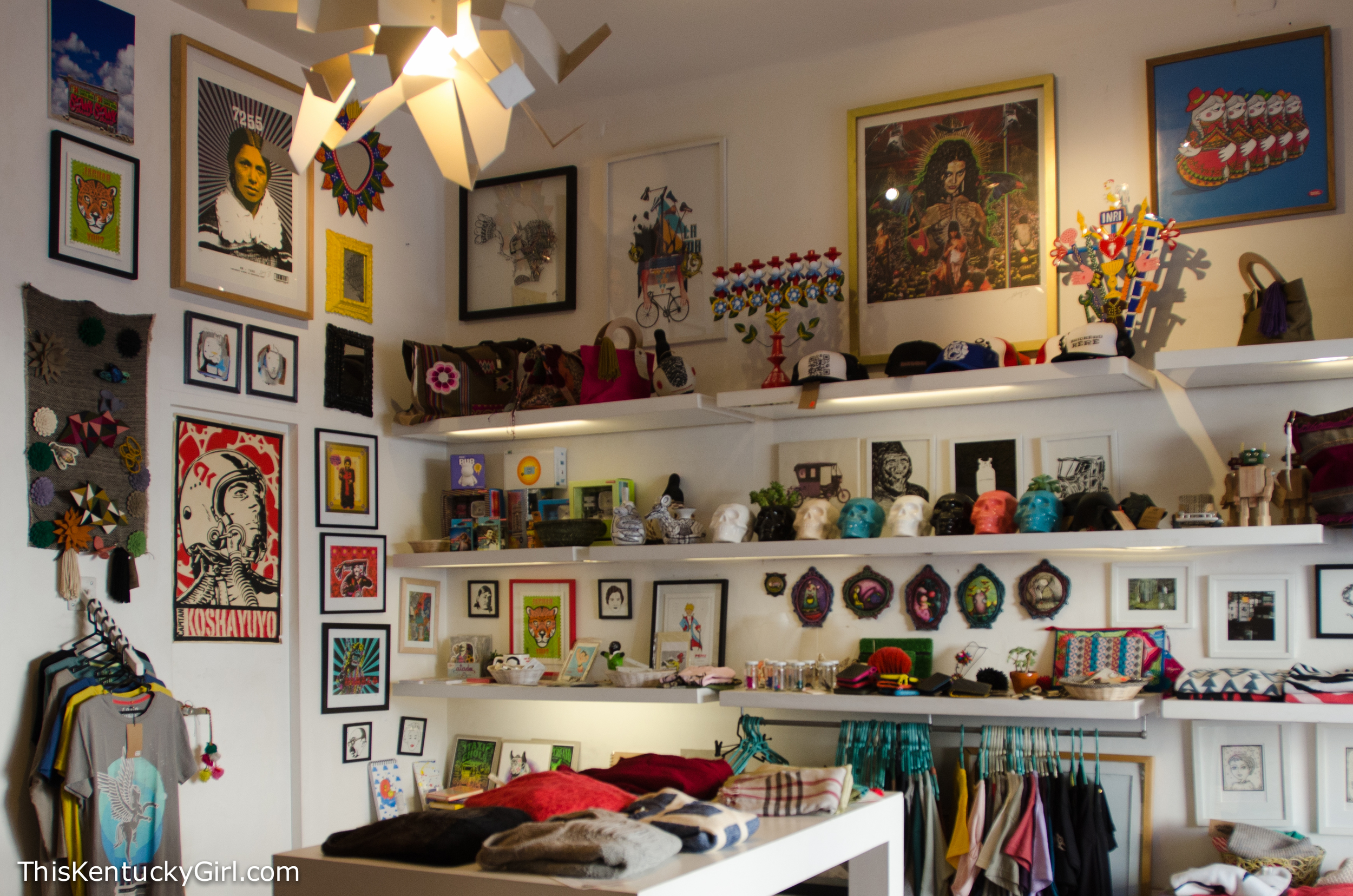
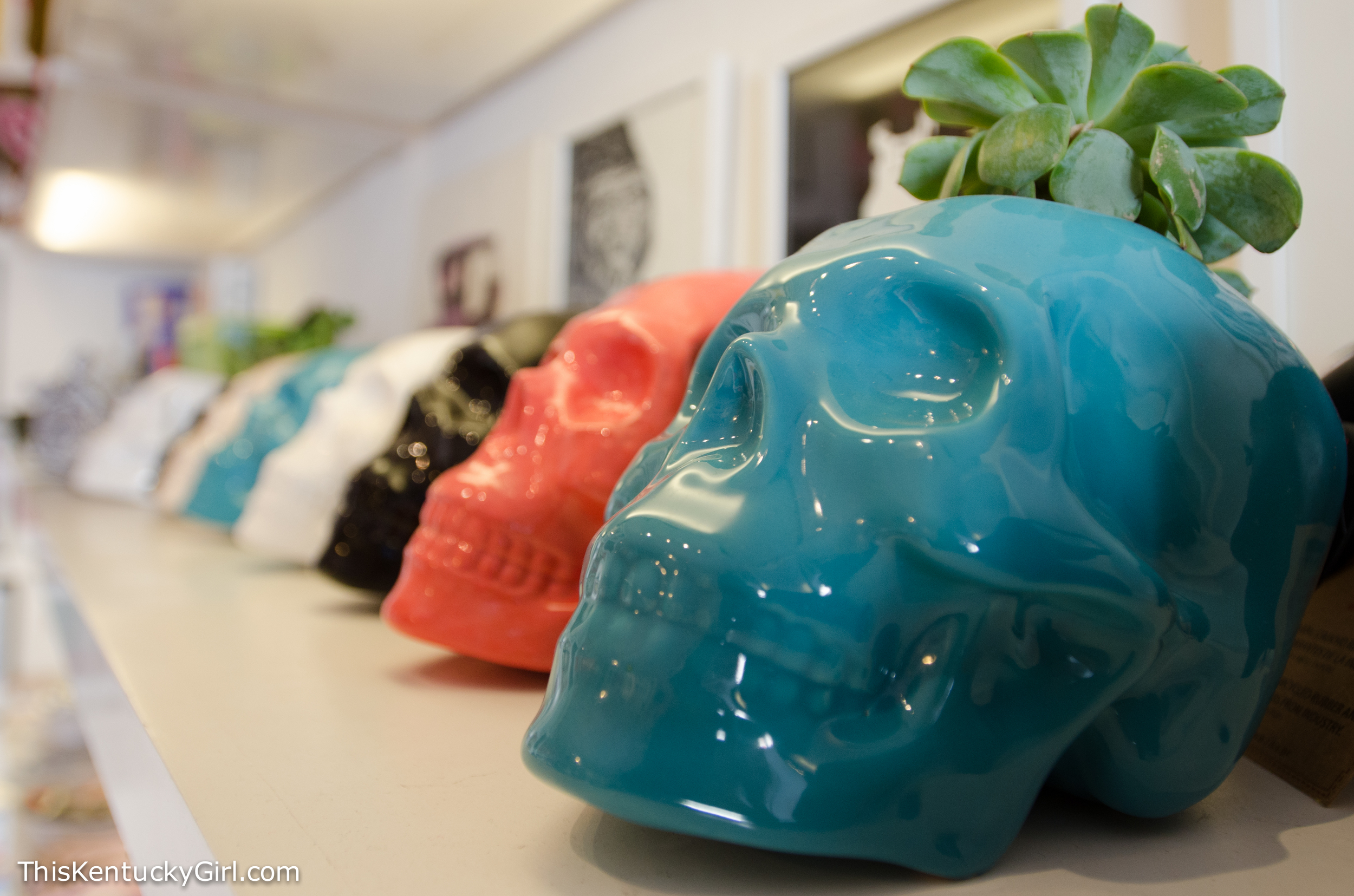
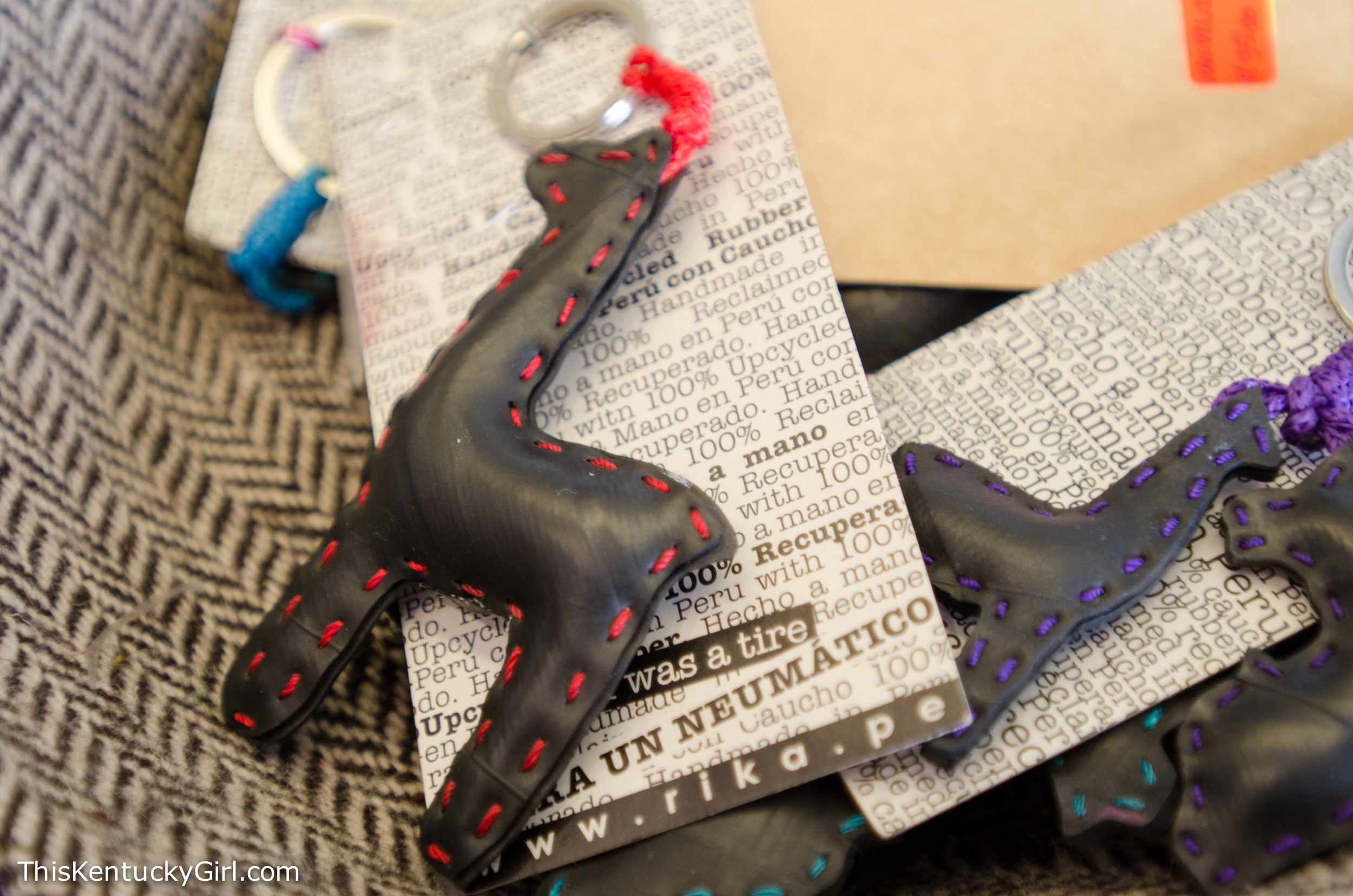
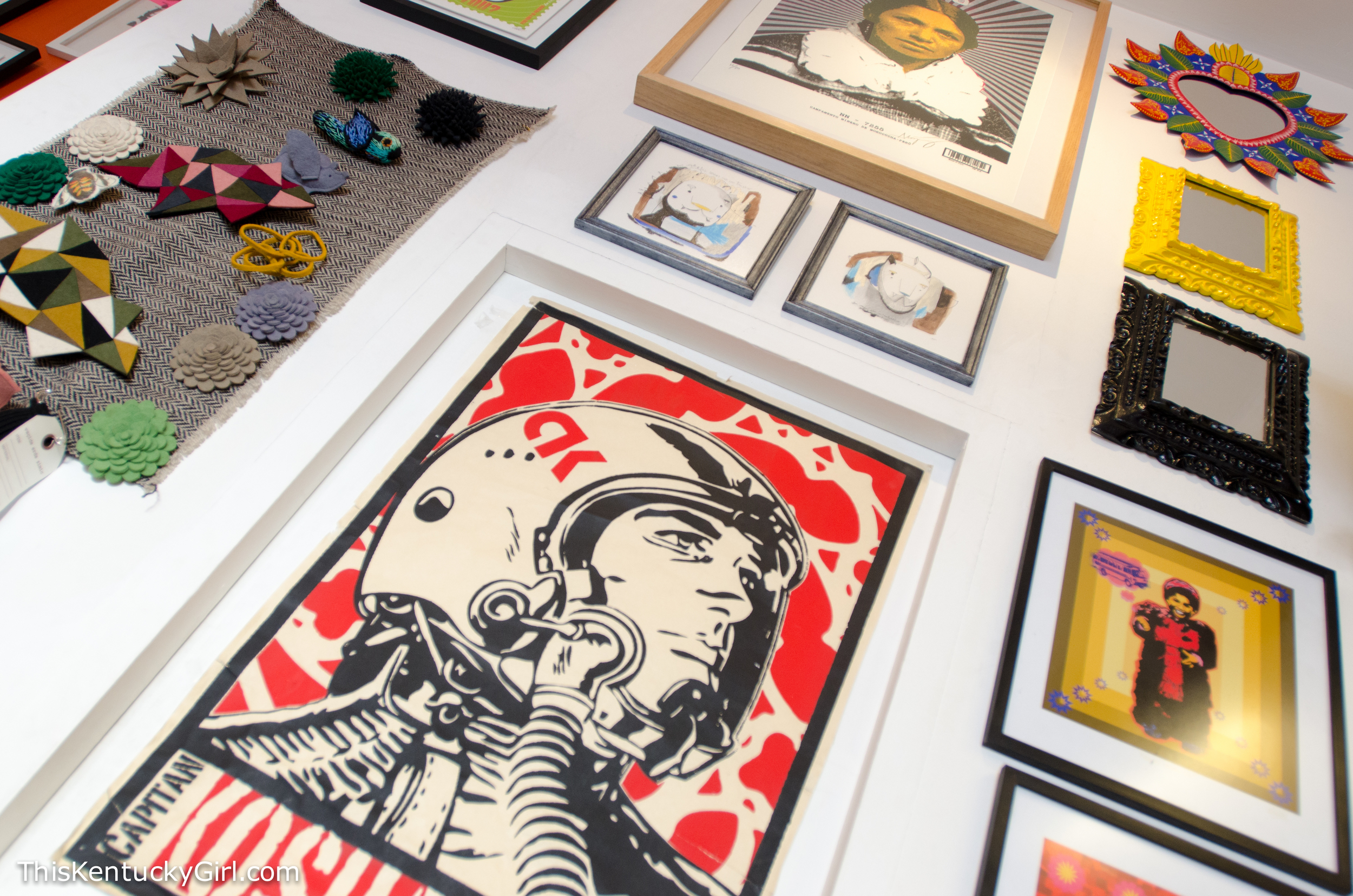

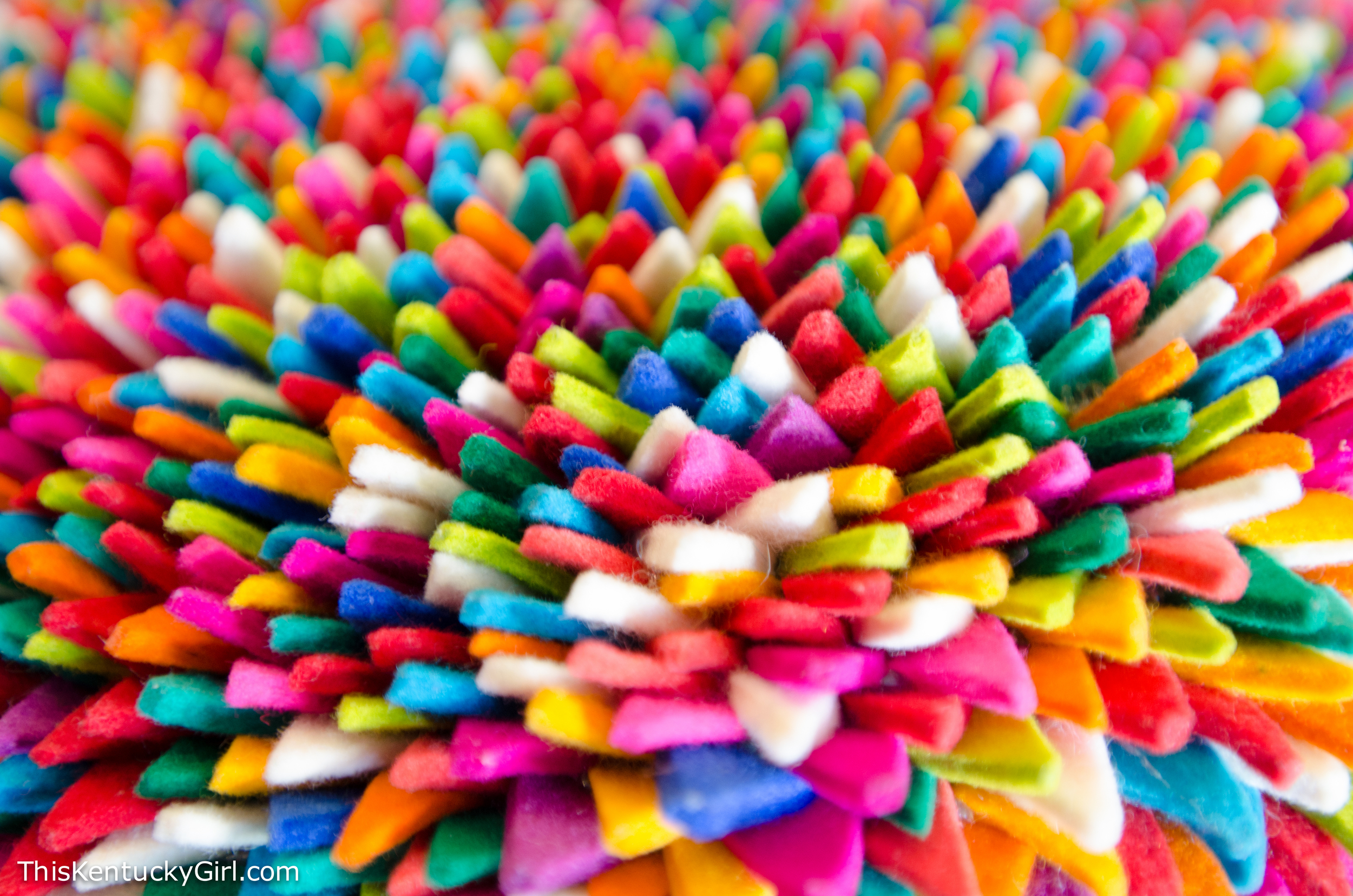
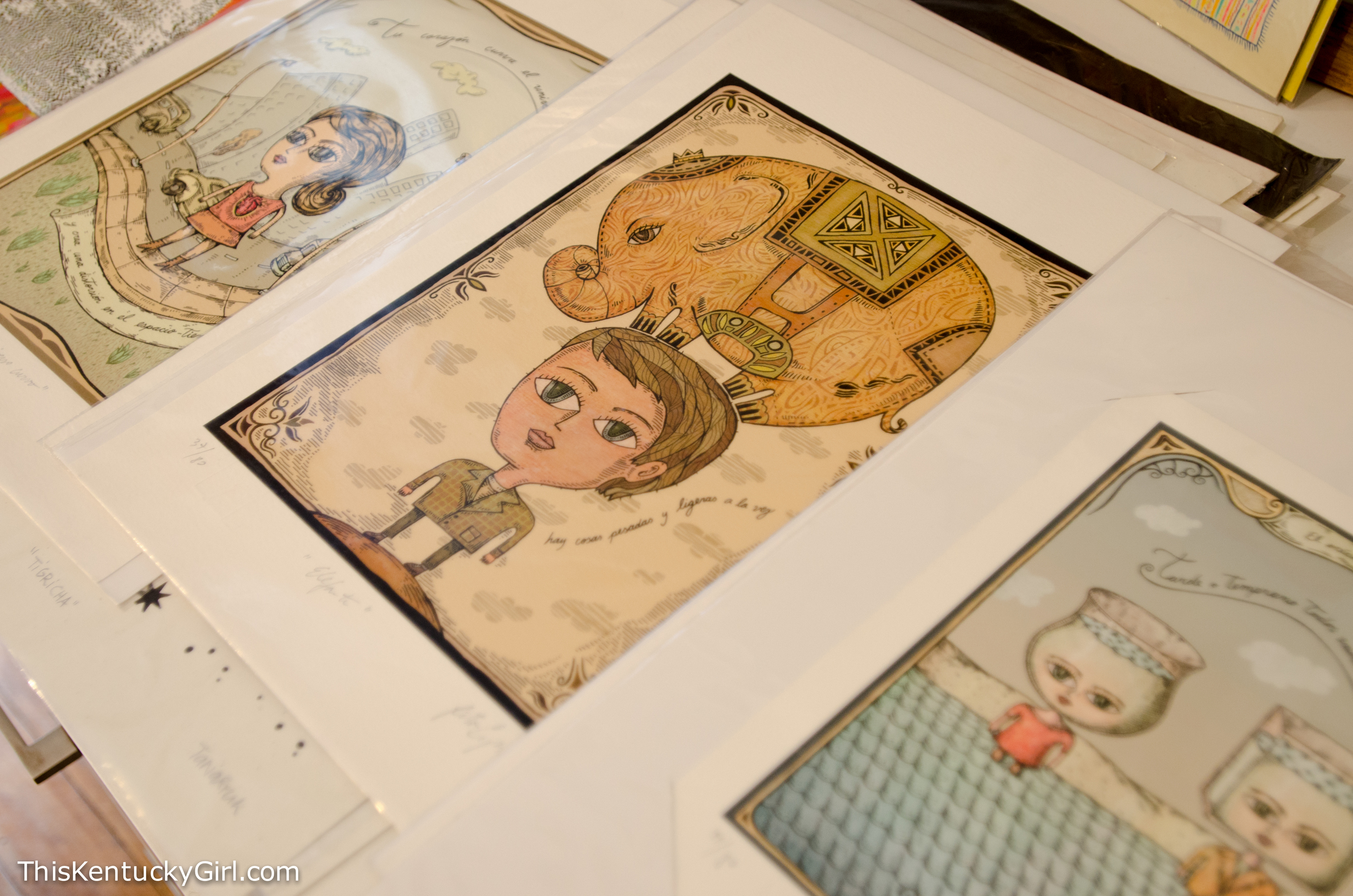

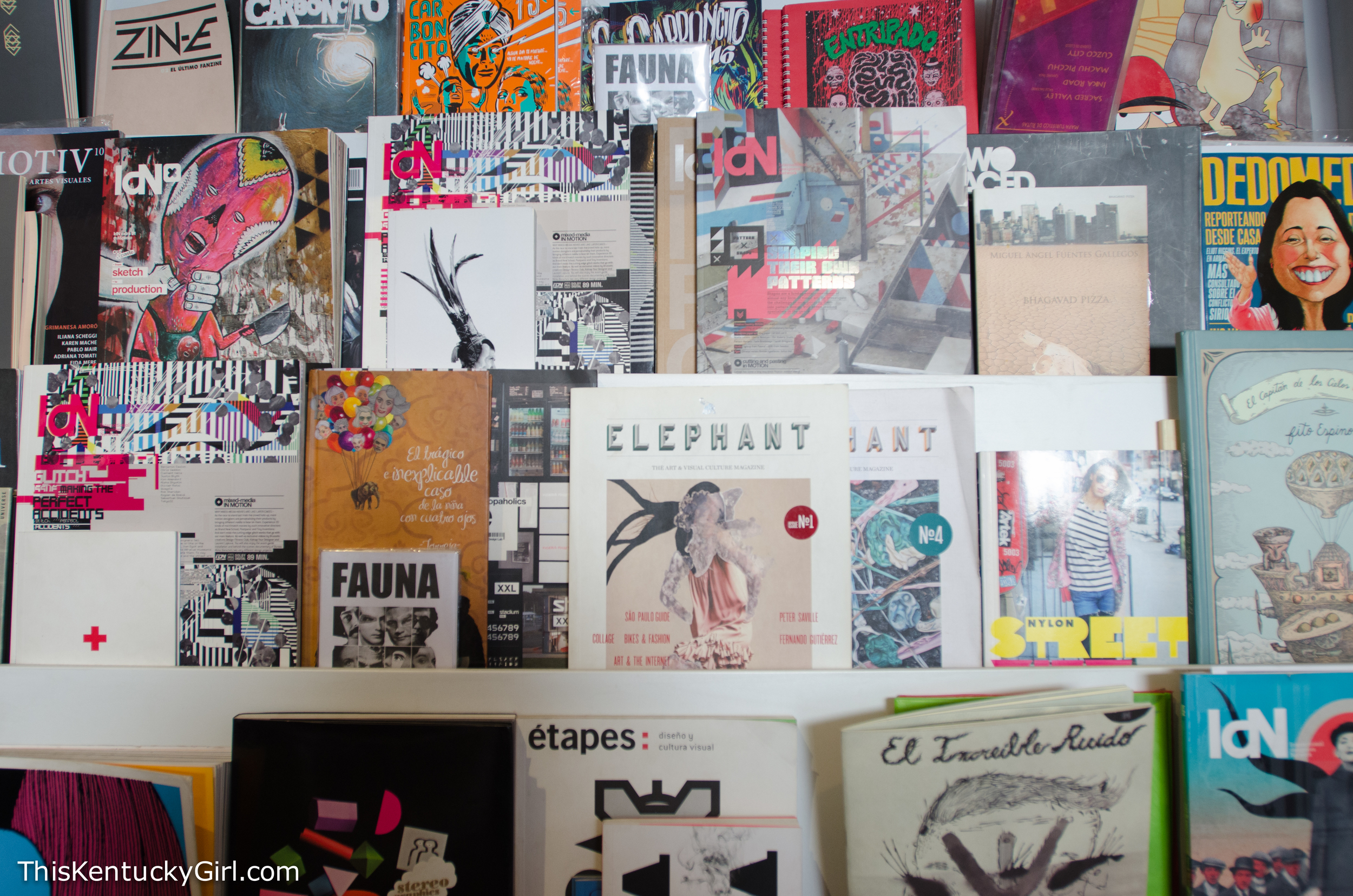
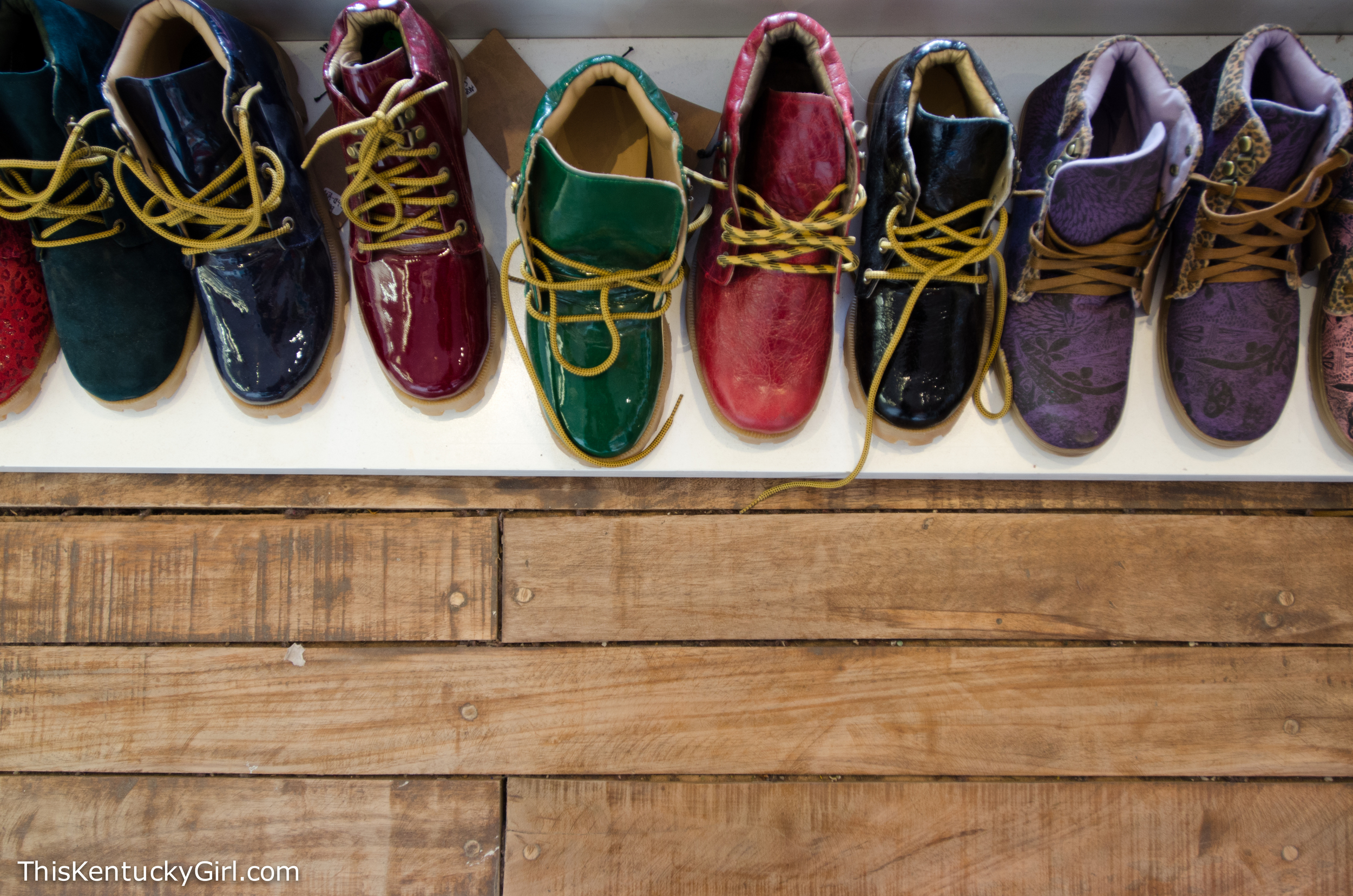
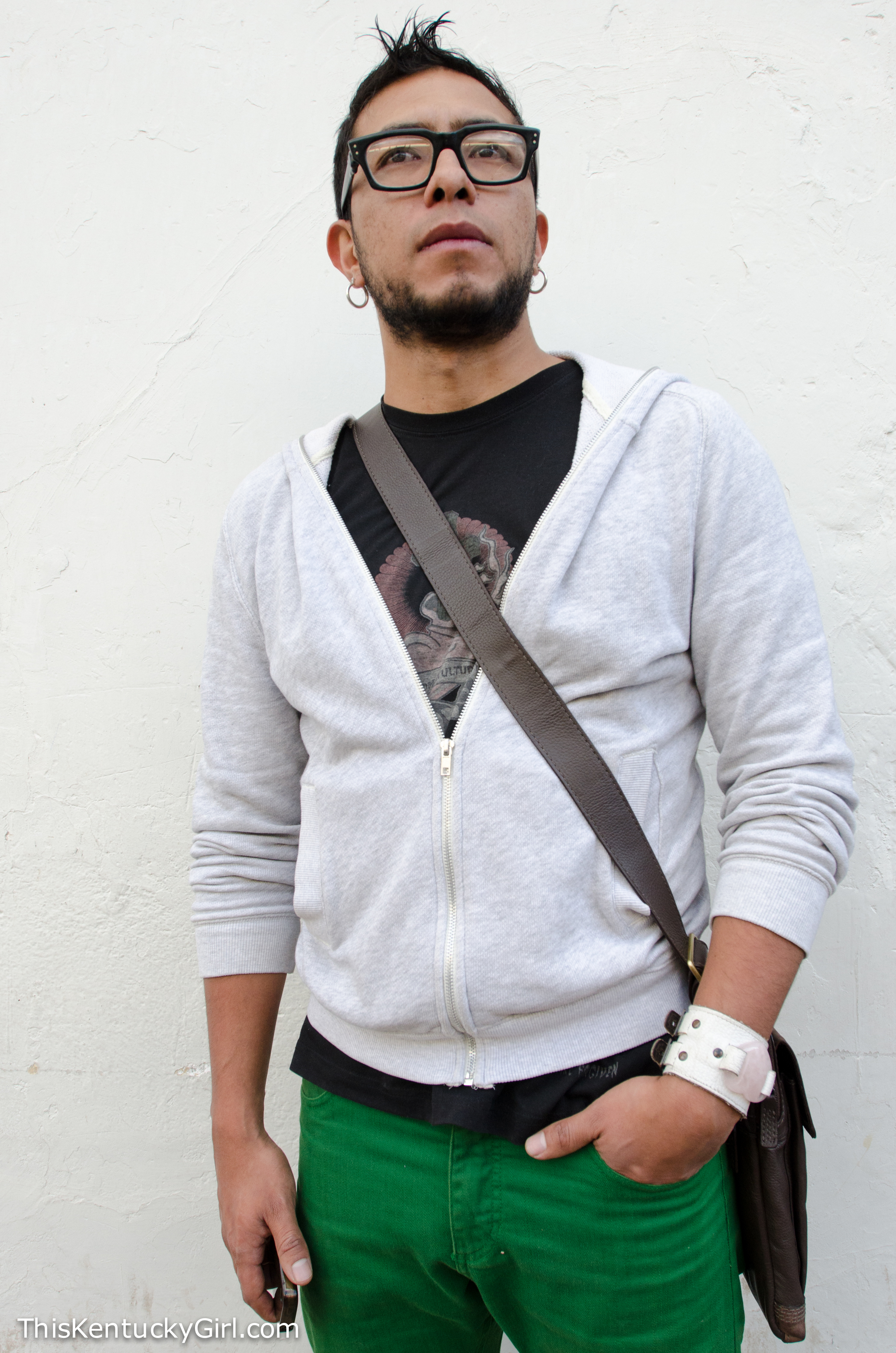

Practically everywhere else in Cusco (and from what I noticed in Peru) embraces traditional arts, especially the beautiful weaving so much so that it was almost a surprise to see a place with such modern and contemporary art on display. Berenice explained that Puna’s objective was to be a gallery and a store. While some stores (especially of this kind of variety- in my own opinion) look down on visitors wandering through simply to look, and not buy… Puna welcomes the chance to simply inform others- especially visitors to Peru of Peruvian art. I can’t emphasize enough how warm and friendly both Berenice and Stephanie were, and how grateful they seemed at my interest in Puna! I’m not the only one who thinks so highly if this little burst of contemporary culture in Cusco either. Trip Advisor has nothing but wonderful things to say, and to rate a “store” so highly has to say something, right? Right. I will say that most items fall outside of the typical backpacker budget, but if you can’t live without a piece, then the price doesn’t really matter. At least, that’s what I tell myself when I linger in front of an editioned prints with a price tag over $100.
Puna is modern art (and style) that meets traditional Peruvian culture. Currently 150-200 Peruvian artists have work on display and for sale in Puna. Traditional woven styles have been integrated into purses and even little clutches that I wanted so badly it hurt. Instead of wool llama ornaments, chic leather llama keychains were for sale. And the artwork, oh, the artwork. Where does one even begin? I’ll let the pictures -of beautiful pictures- speak for themselves.
Before I had met Jorge, I fell in love with another Peruvian artist’s work, Fito Espinosa. You can see some of his illustrations in the picture directly above. One print (not above) in particular plagued my mind for the next few days. I would have purchased it immediately had it not been for my backpacker budget. Andrew kept trying to talk me into getting it, and of course, the night I make up my mind to get it, we arrived to the store after it had closed. Good thing Andrew loves me so much because during our break from class the next (and our last) day, he ran across town to pick up the print for me! No easy feat in a city that is 11,200 ft above sea level.
Who is this Jorge (above) you might be wondering? Just another fantastic Peruvian artist who happened to stop by Puna to drop of some new work. It’s his work Berenice and I are talking about in the “day in a minute” above. And just like Berenice and Stephanie, he was so sweet and so talented that I felt so torn not taking some of his art home with me. (To make up for it, I’ve promised myself as soon as I’m gainfully employed again, I’ll be messaging Puna for several pieces of art, jewelry, a clutch or two…) Jorge is such a perfect example of a Peruvian contemporary artist who is absolutely unafraid of tapping into his cultural heritage yet making a statement with modern issues. He was dropping off some framed pieces of TEN, an installation of a grid of old Peruvian bank notes with different words painted over them. The individual pieces were striking, but seeing the photo of the installation on his website makes me want several pieces to have a small grid of my own!
You might hear him say “It’s my lucky day!” at the end of the “day in a minute” but I couldn’t express enough to him, Berenice, or Stephanie that it was my lucky day to be able to meet and talk to them all!
